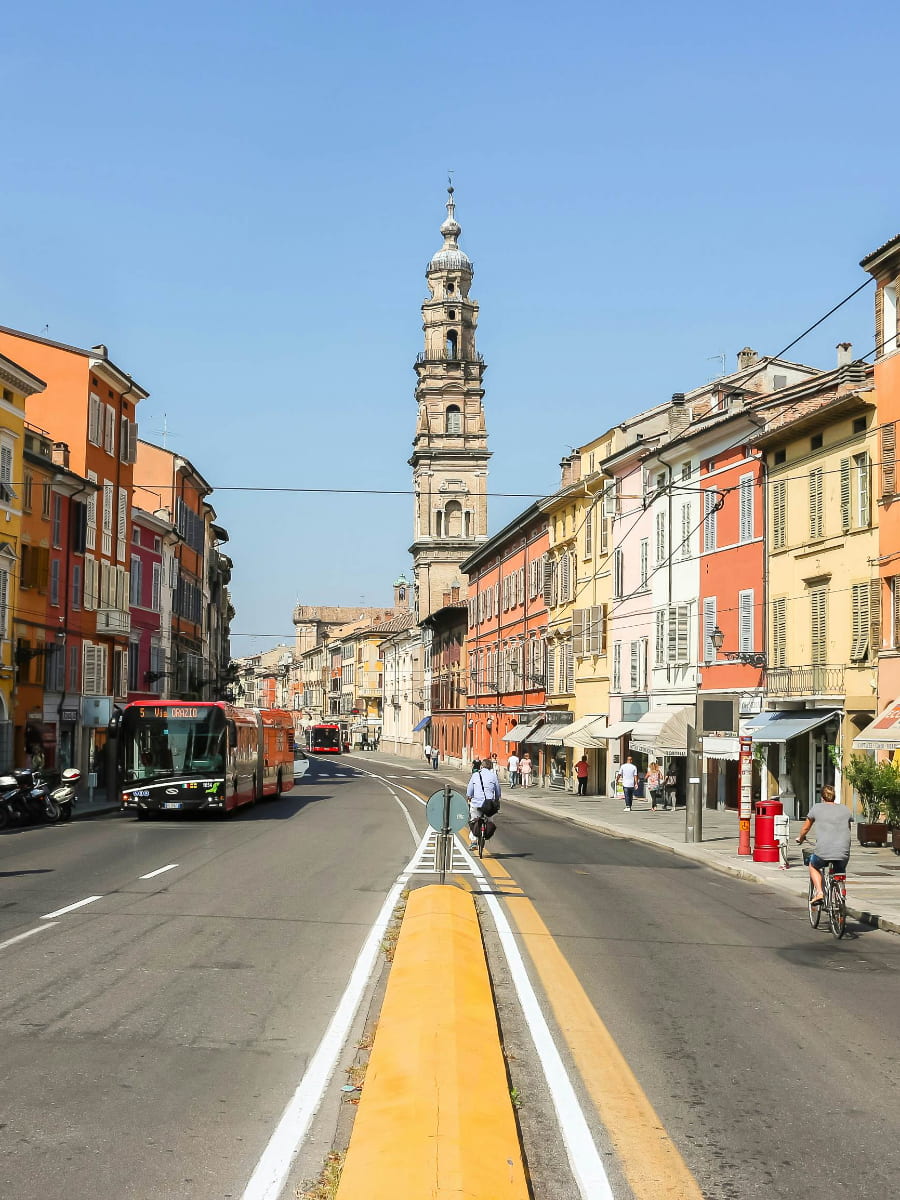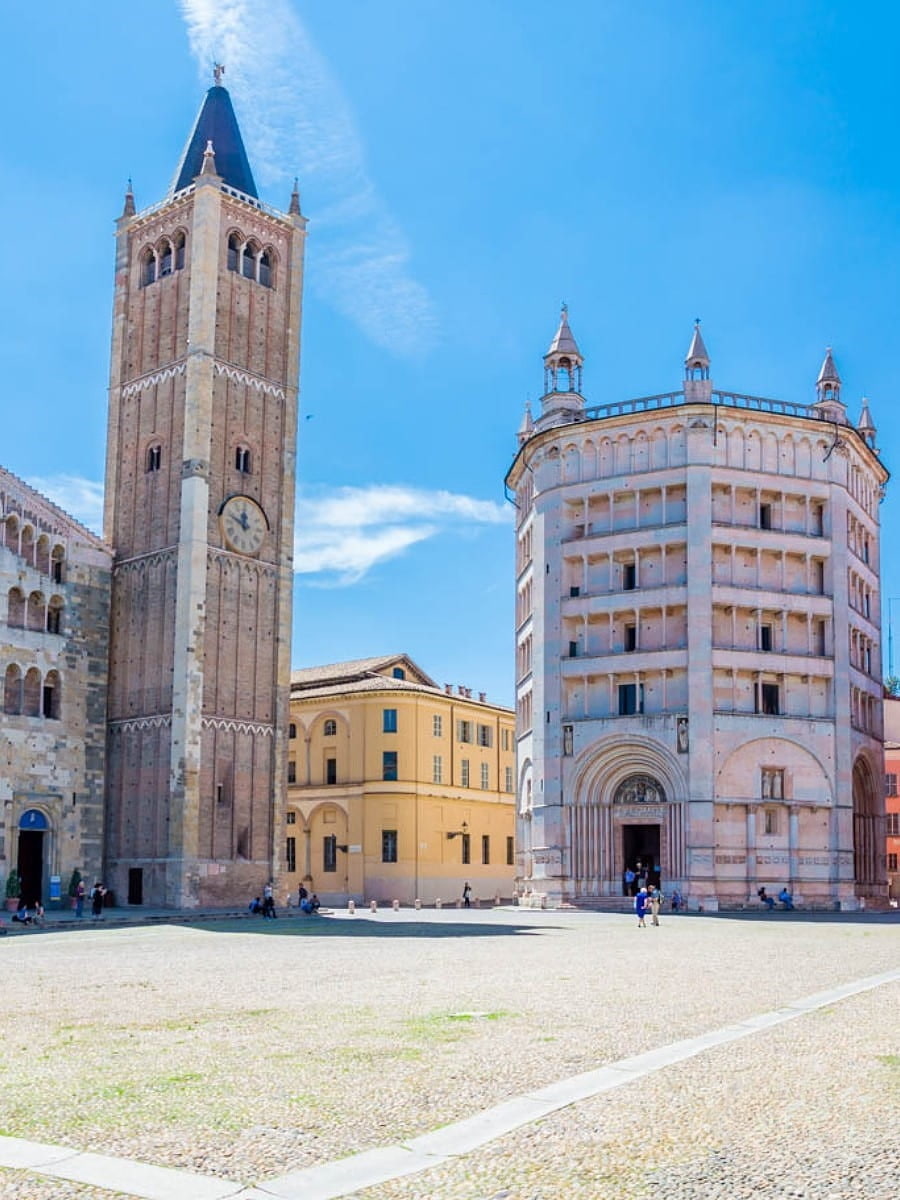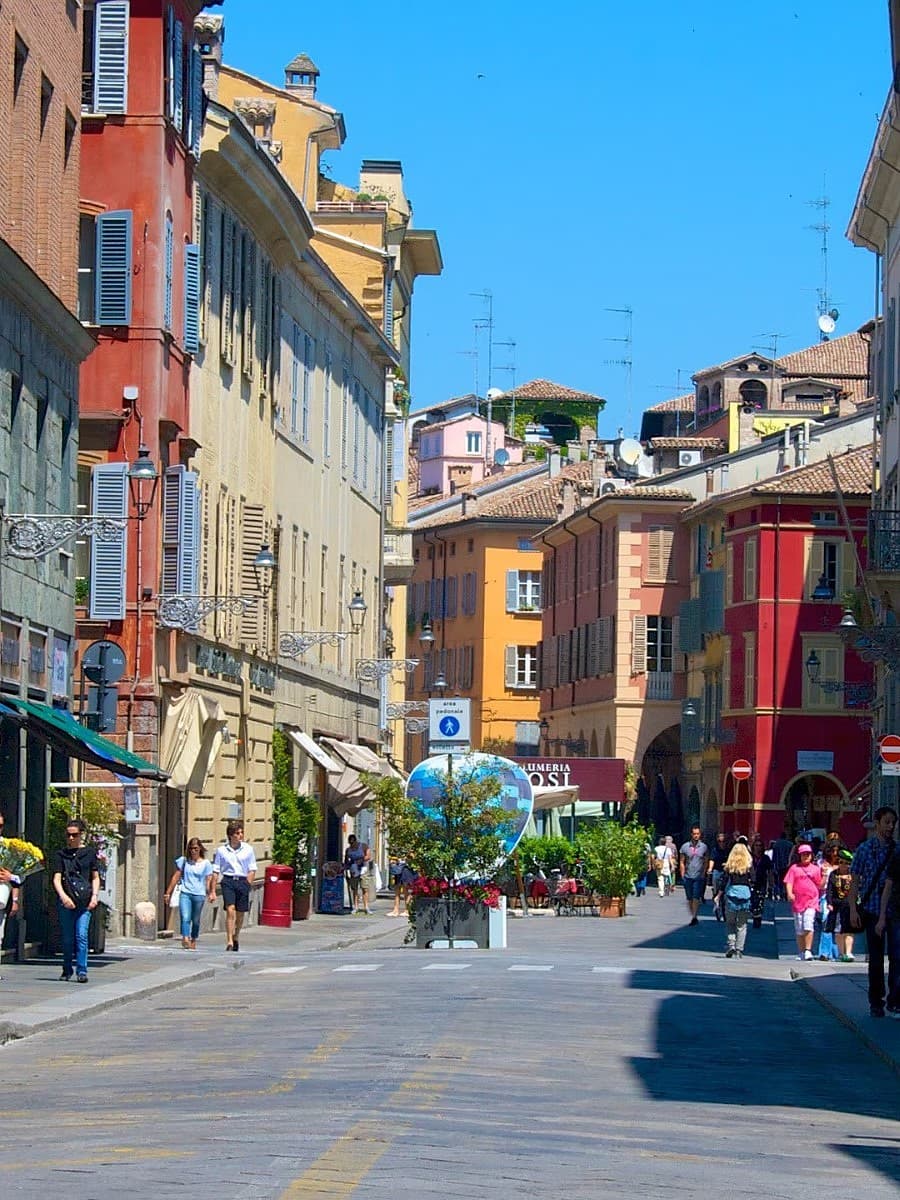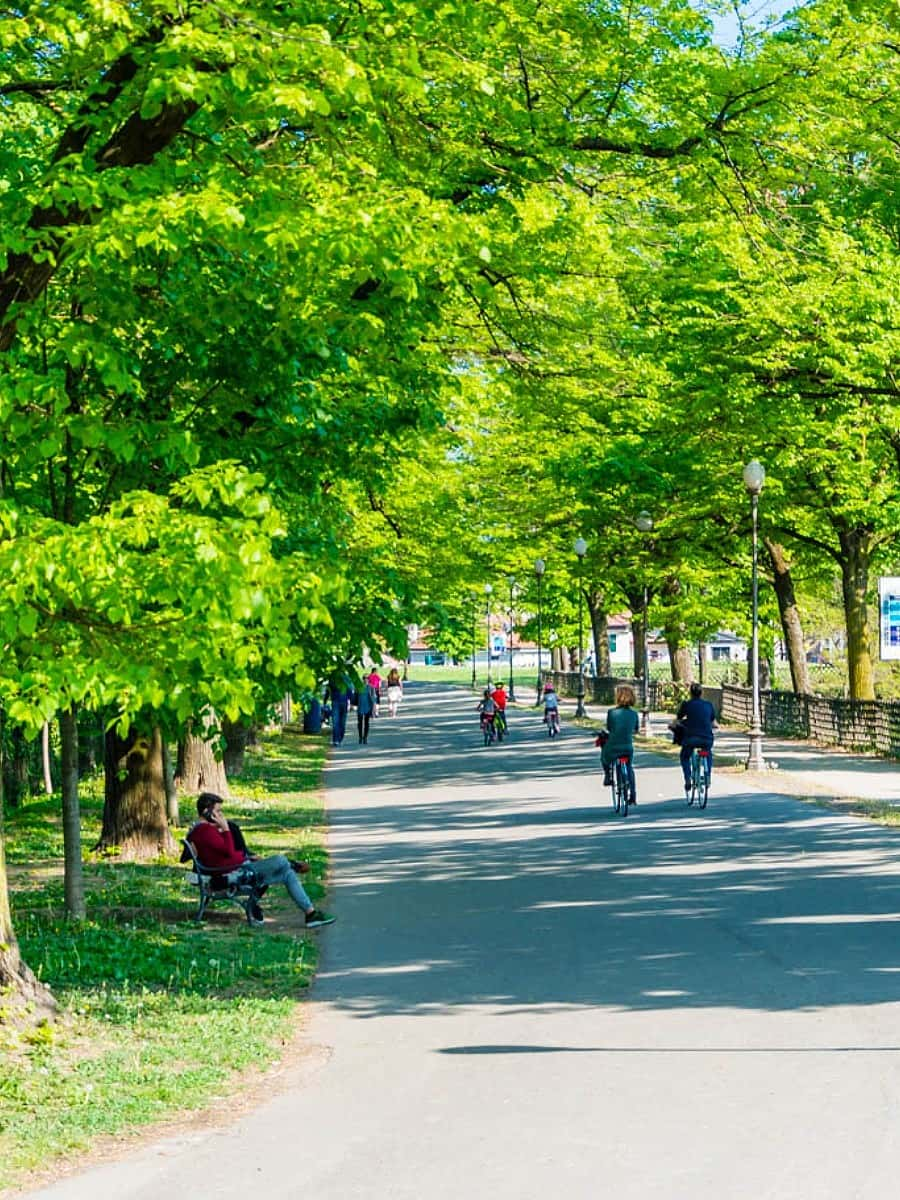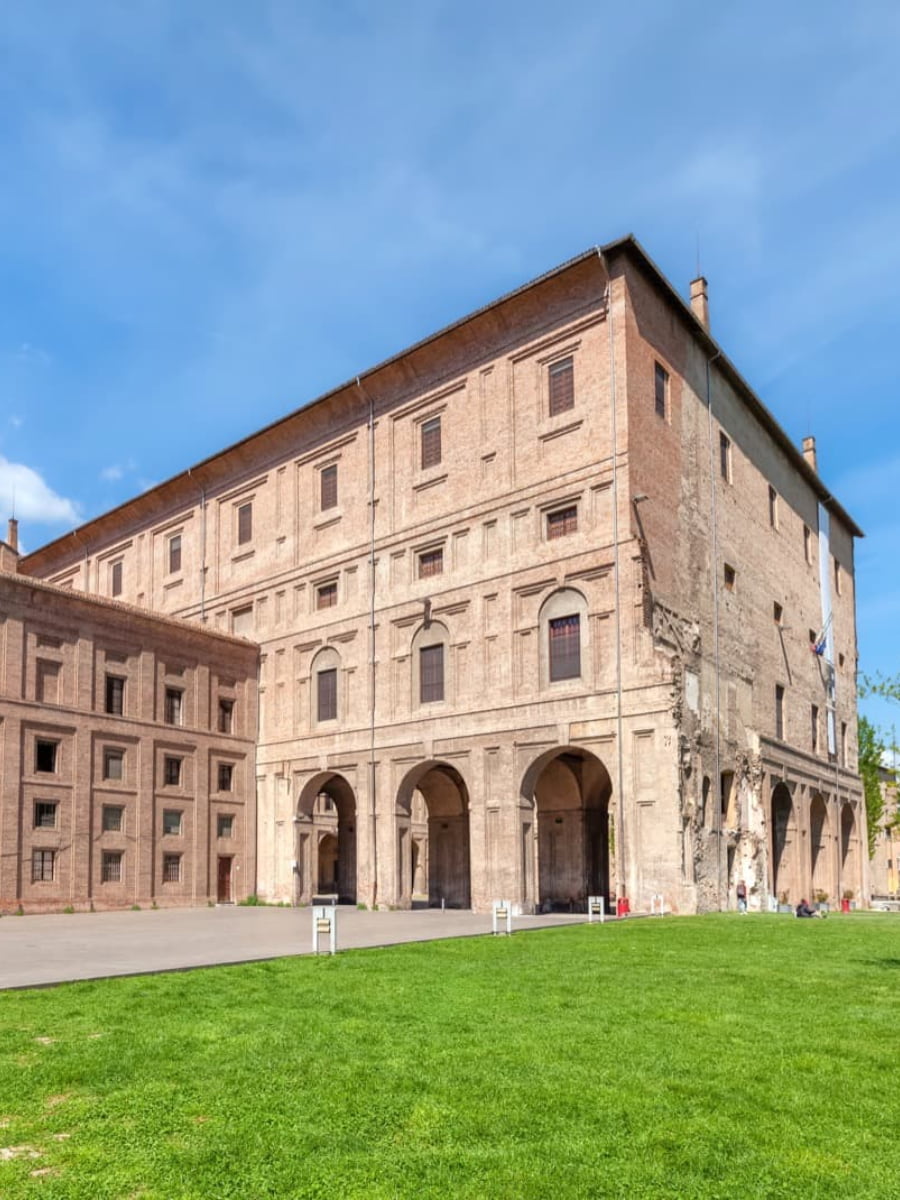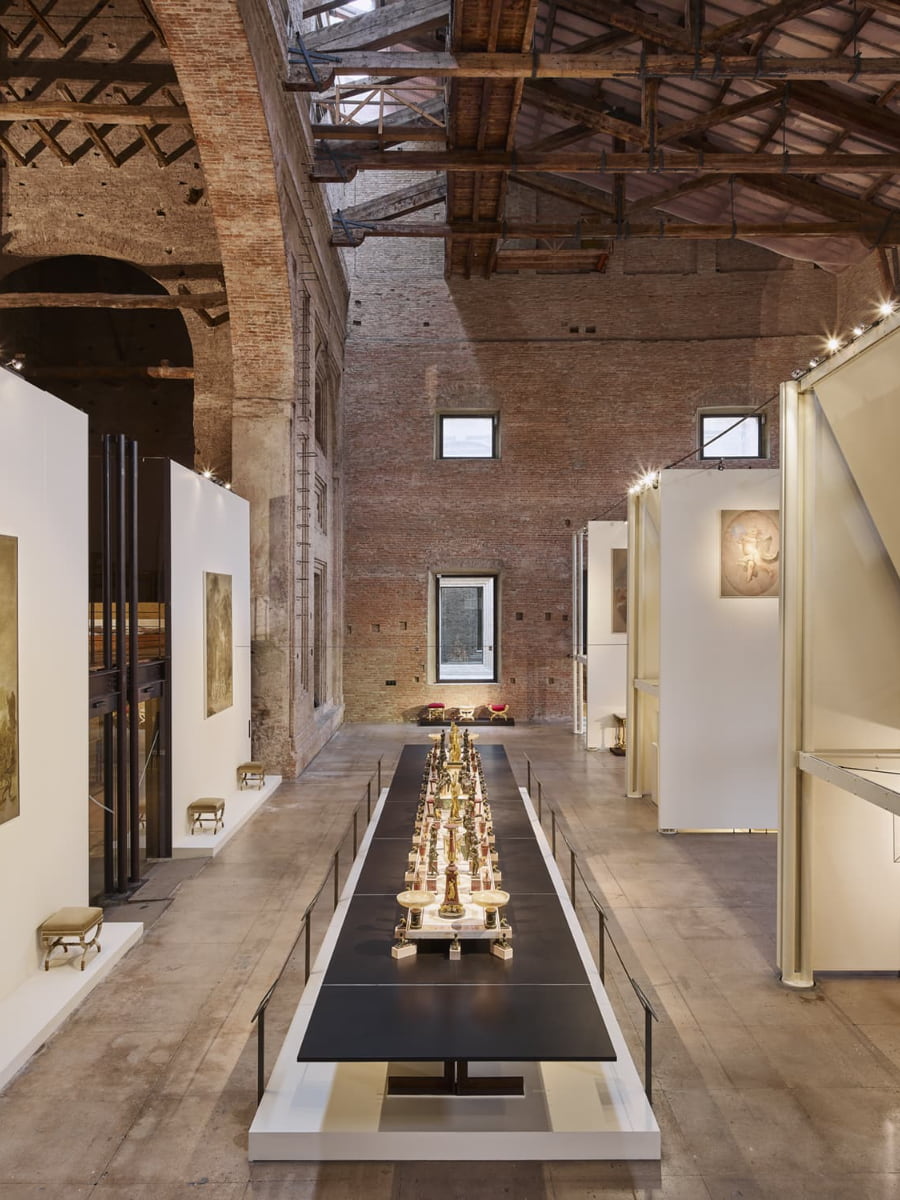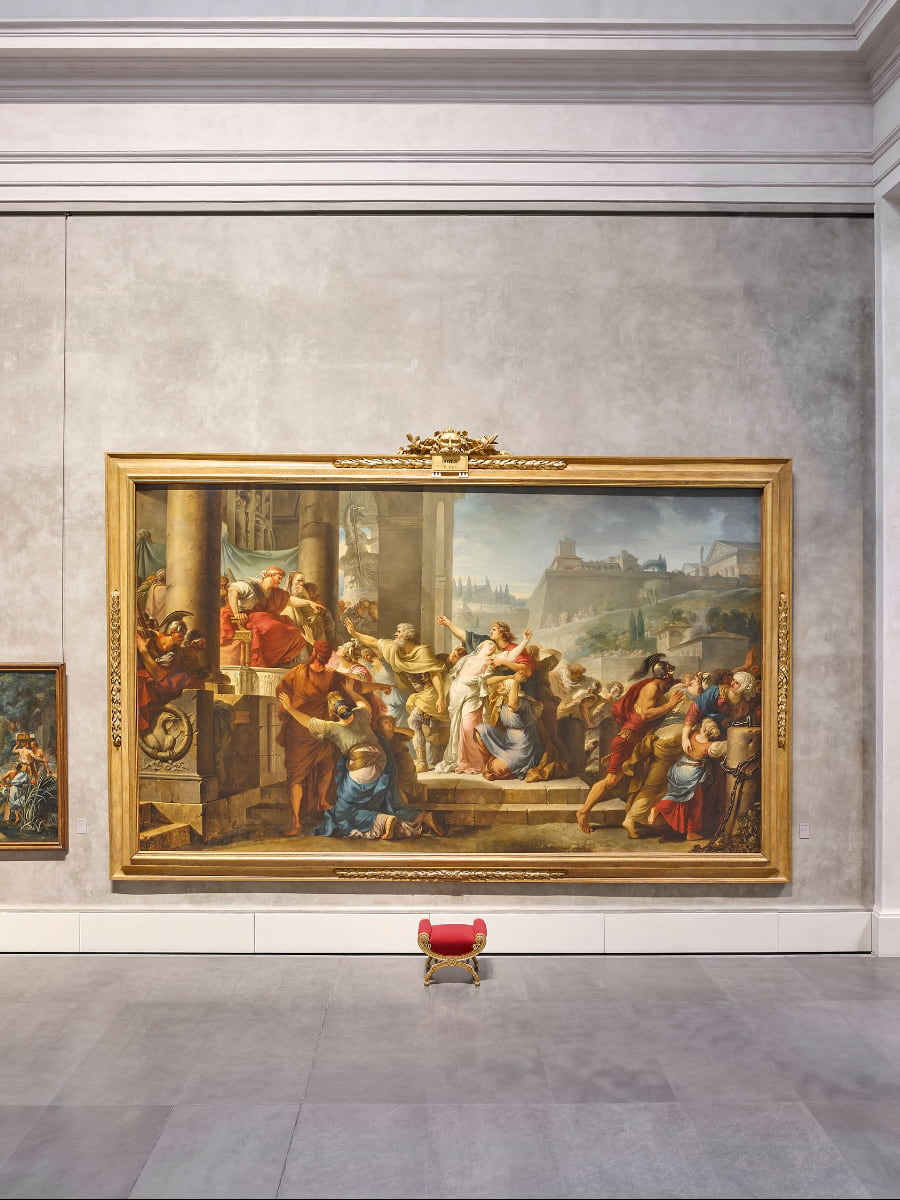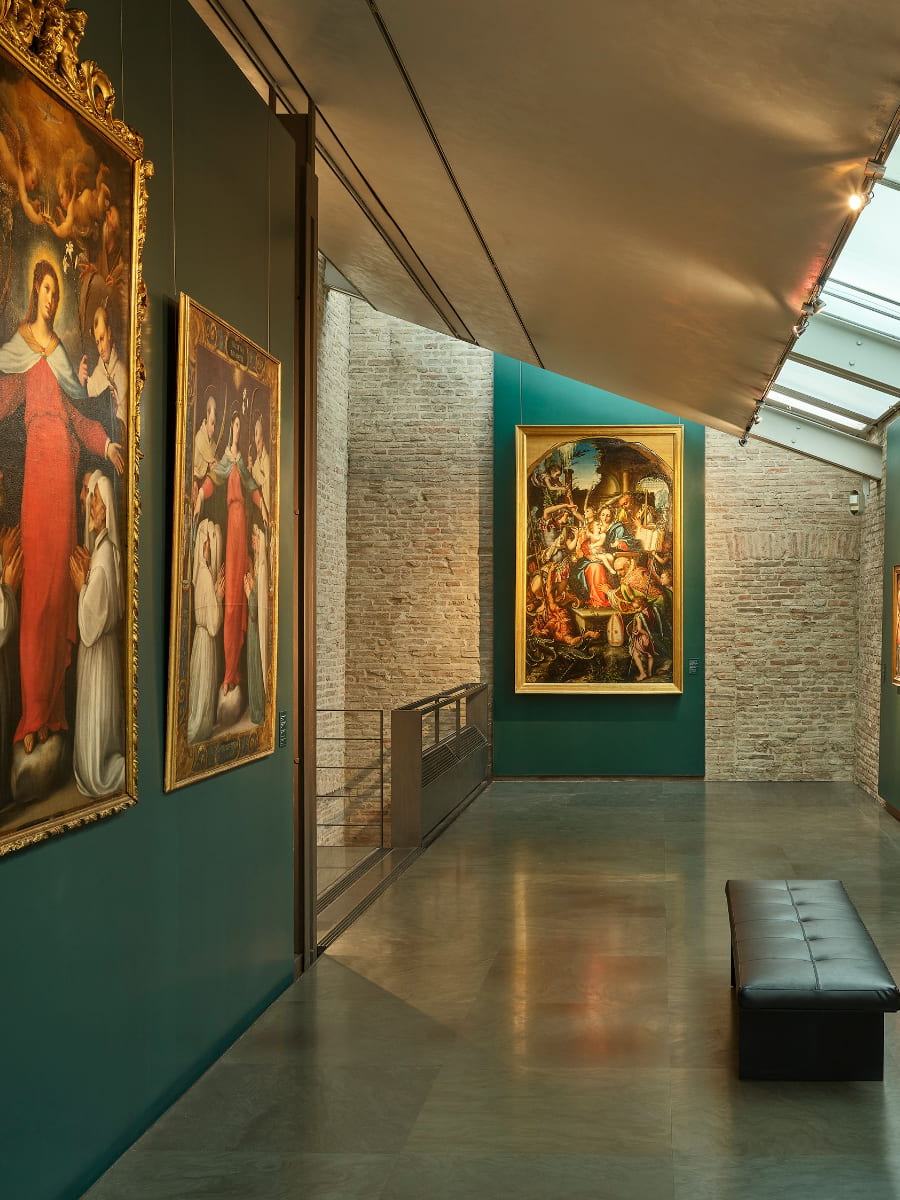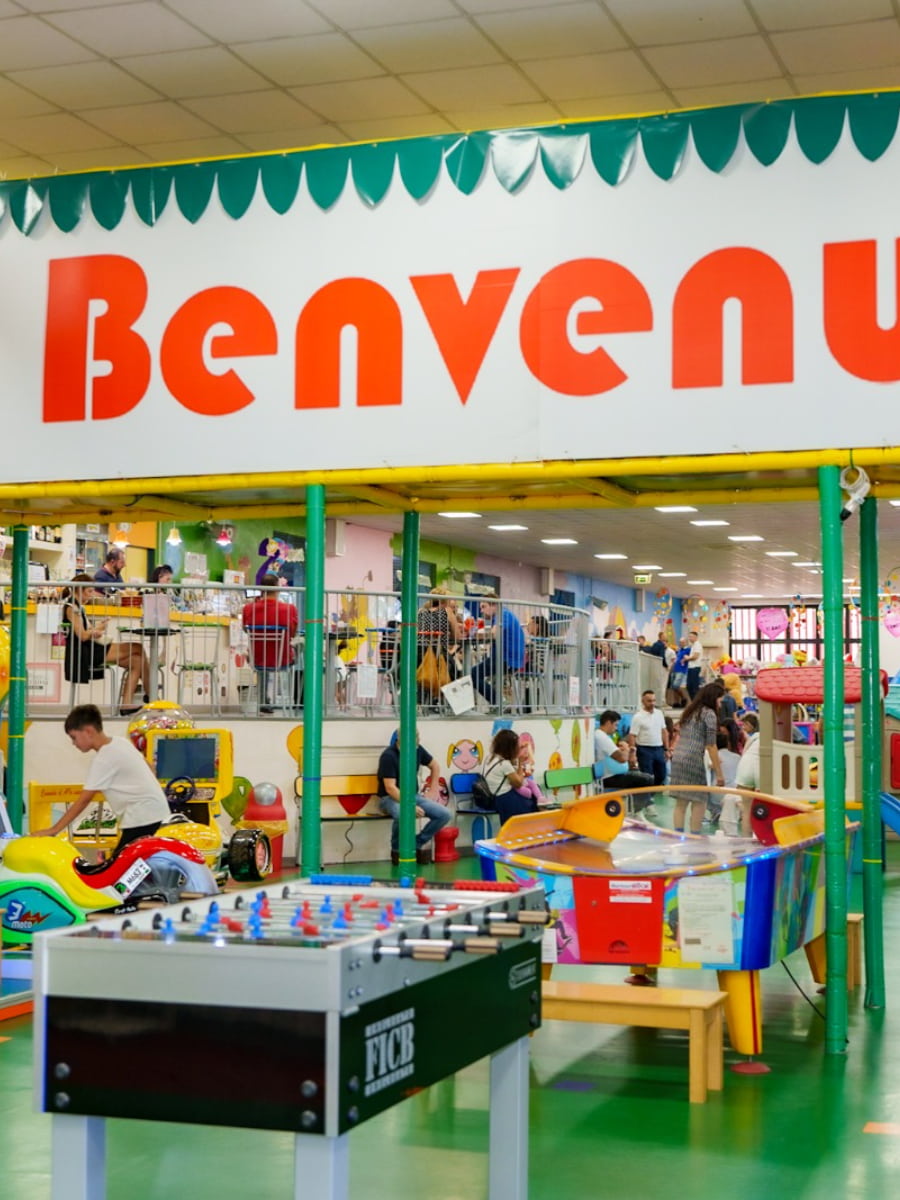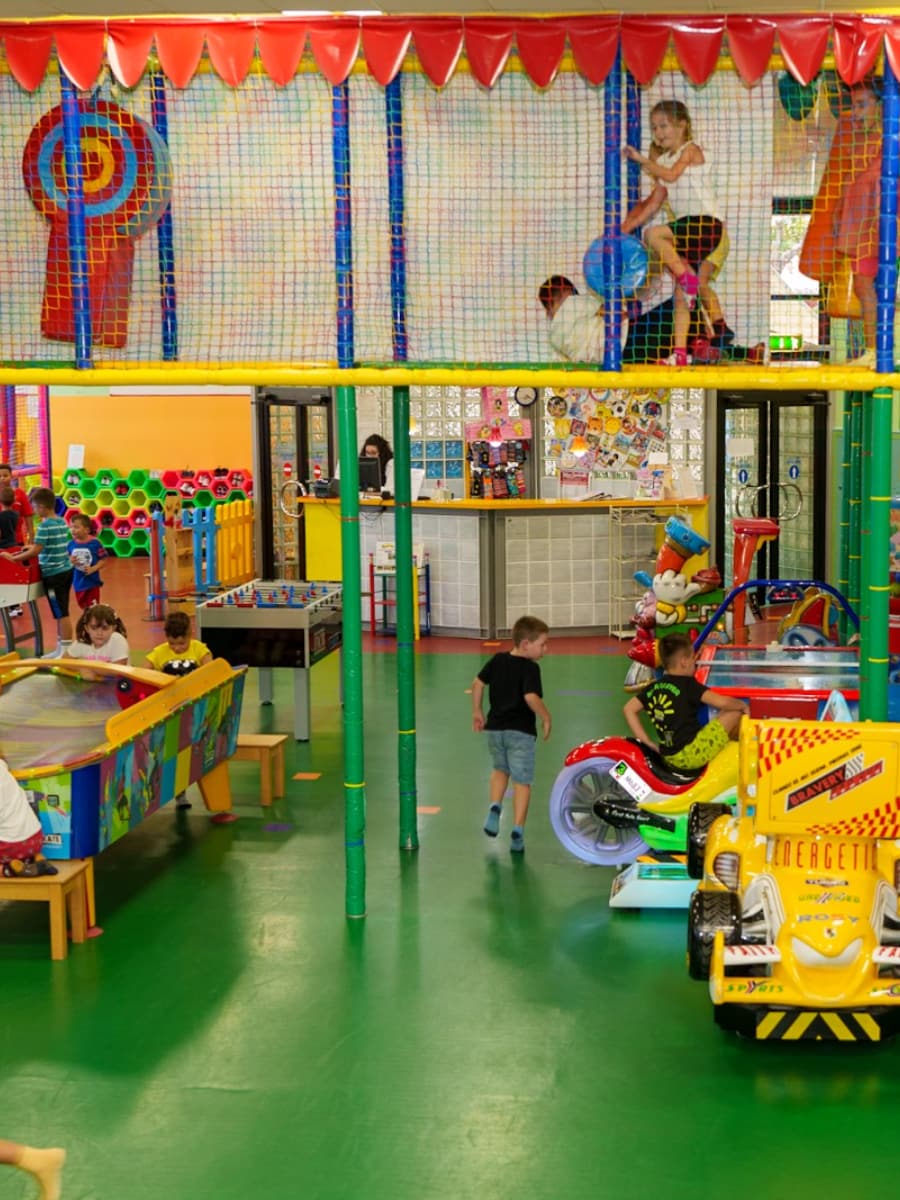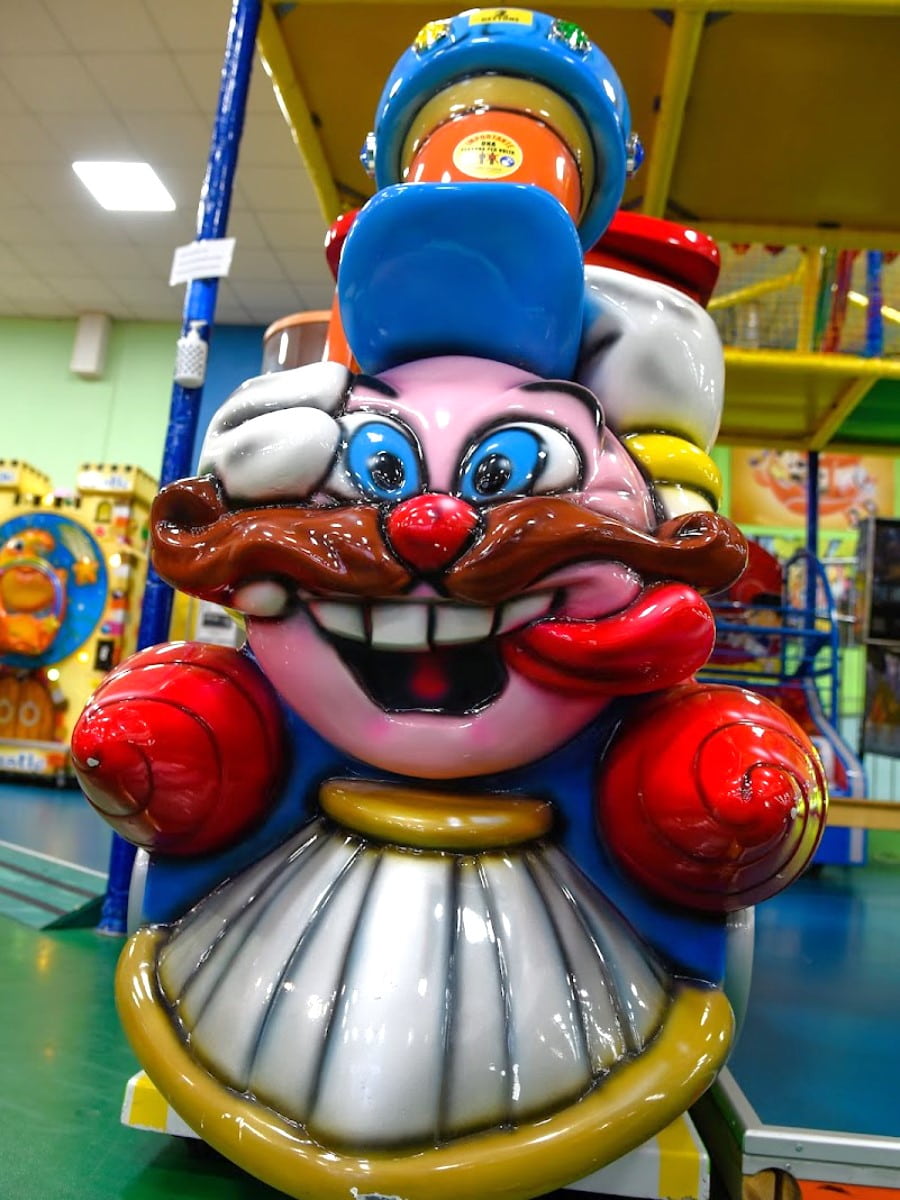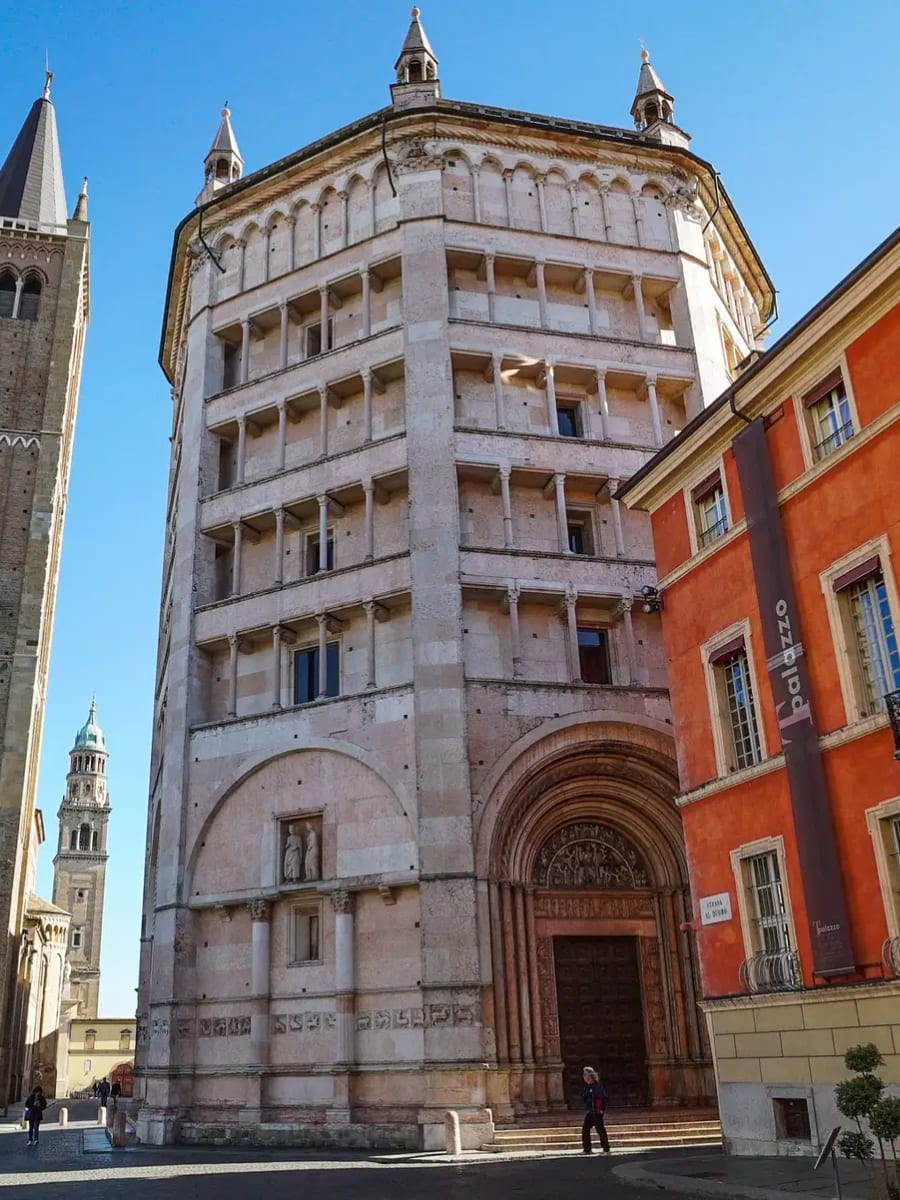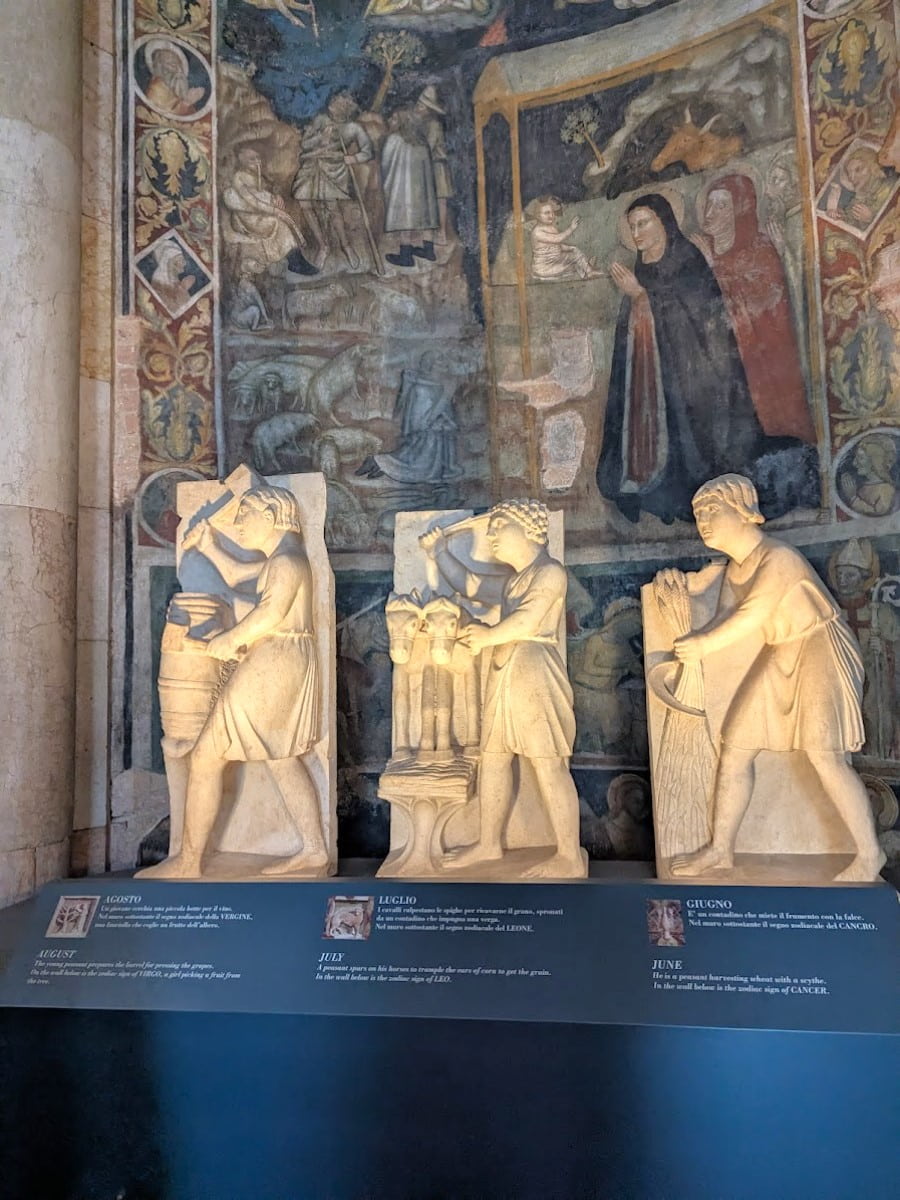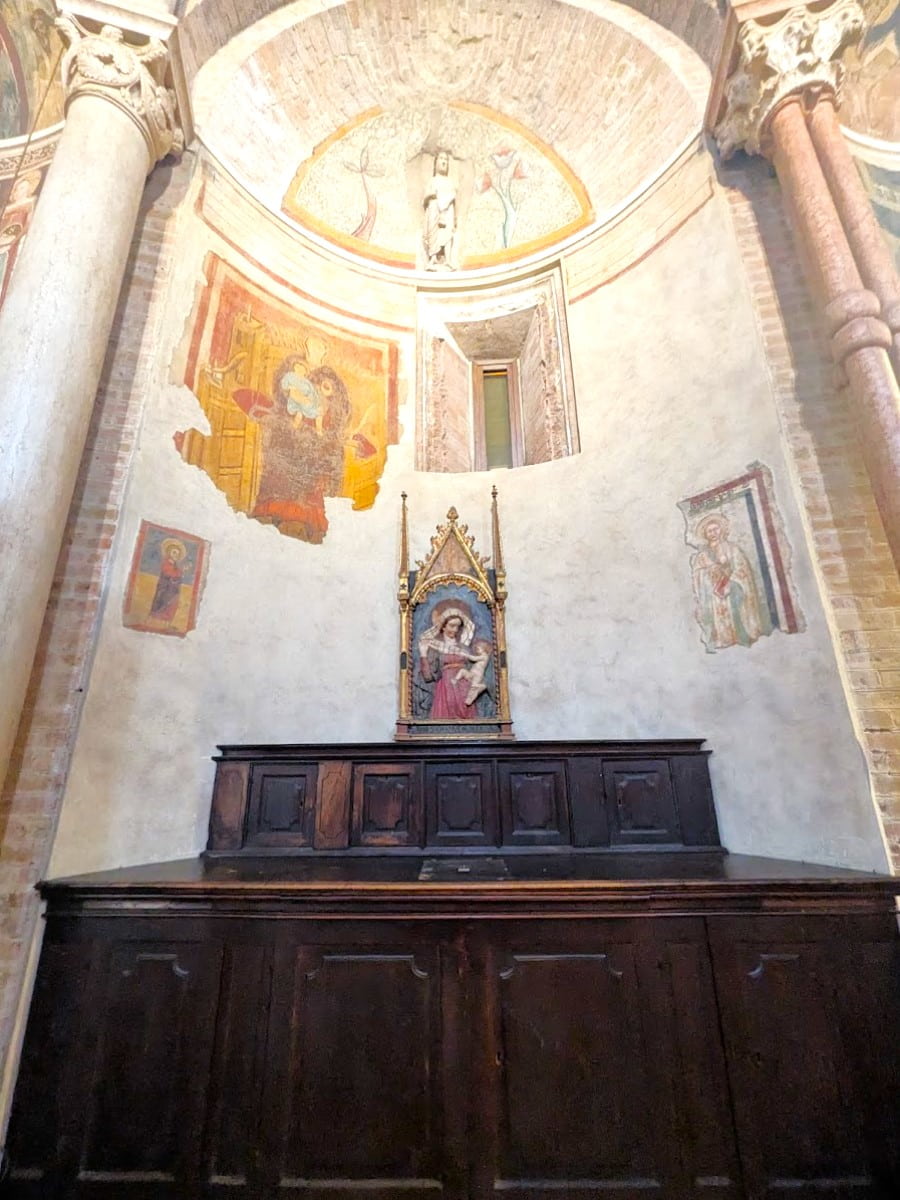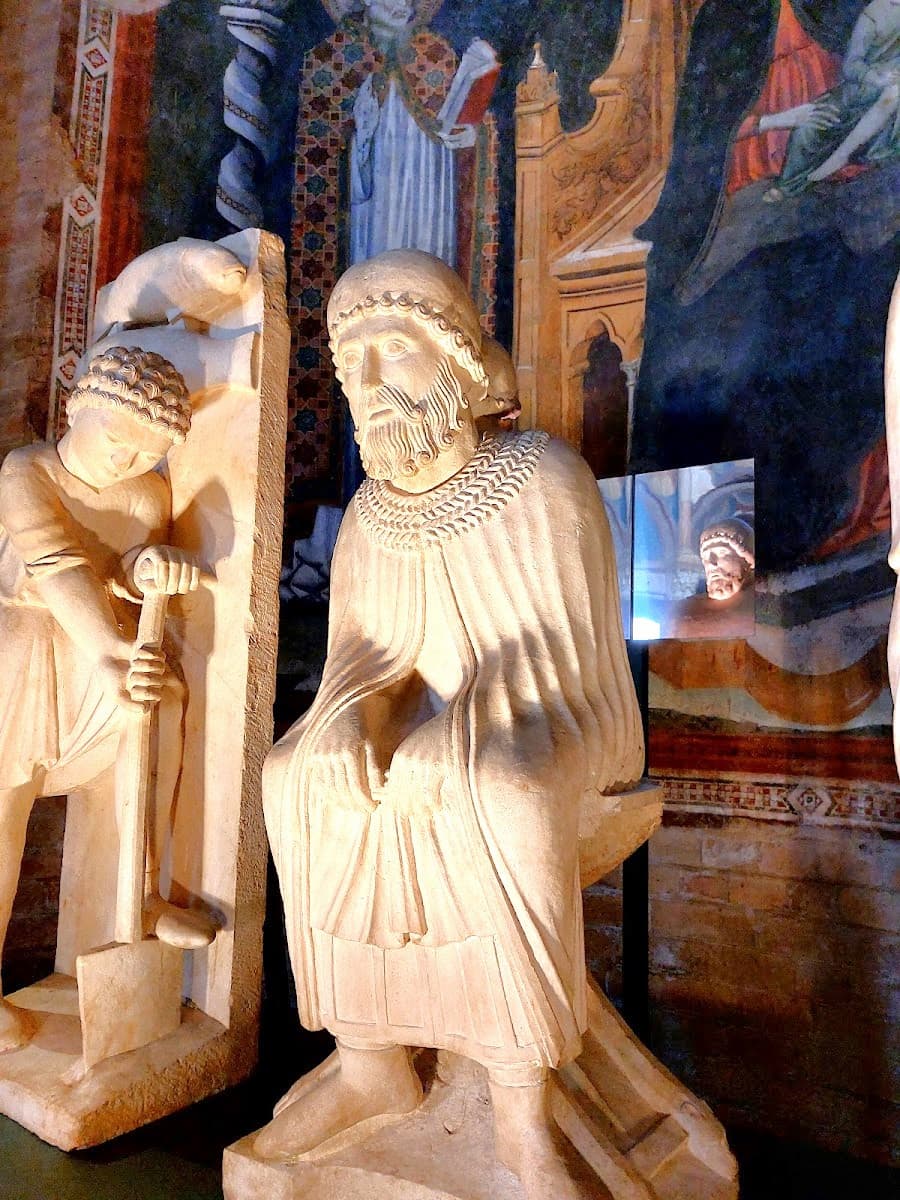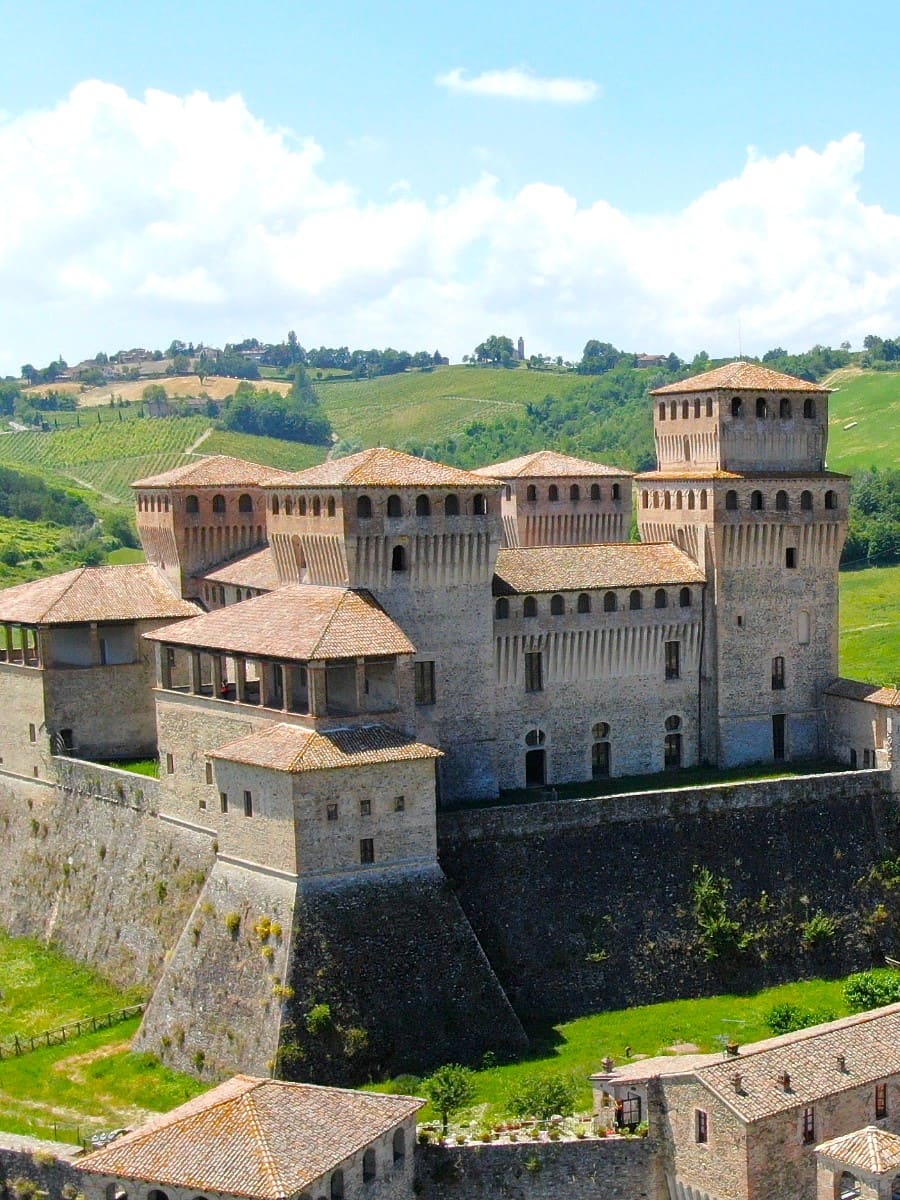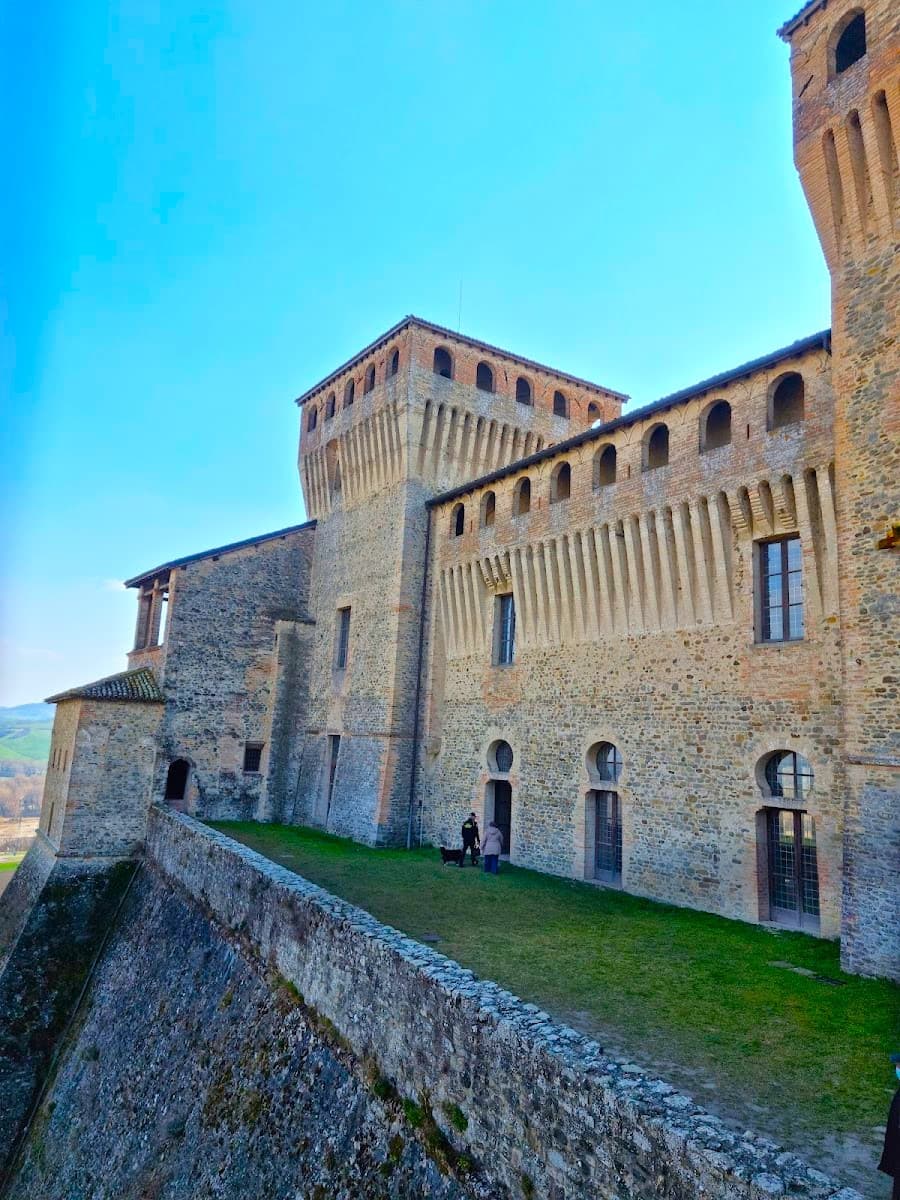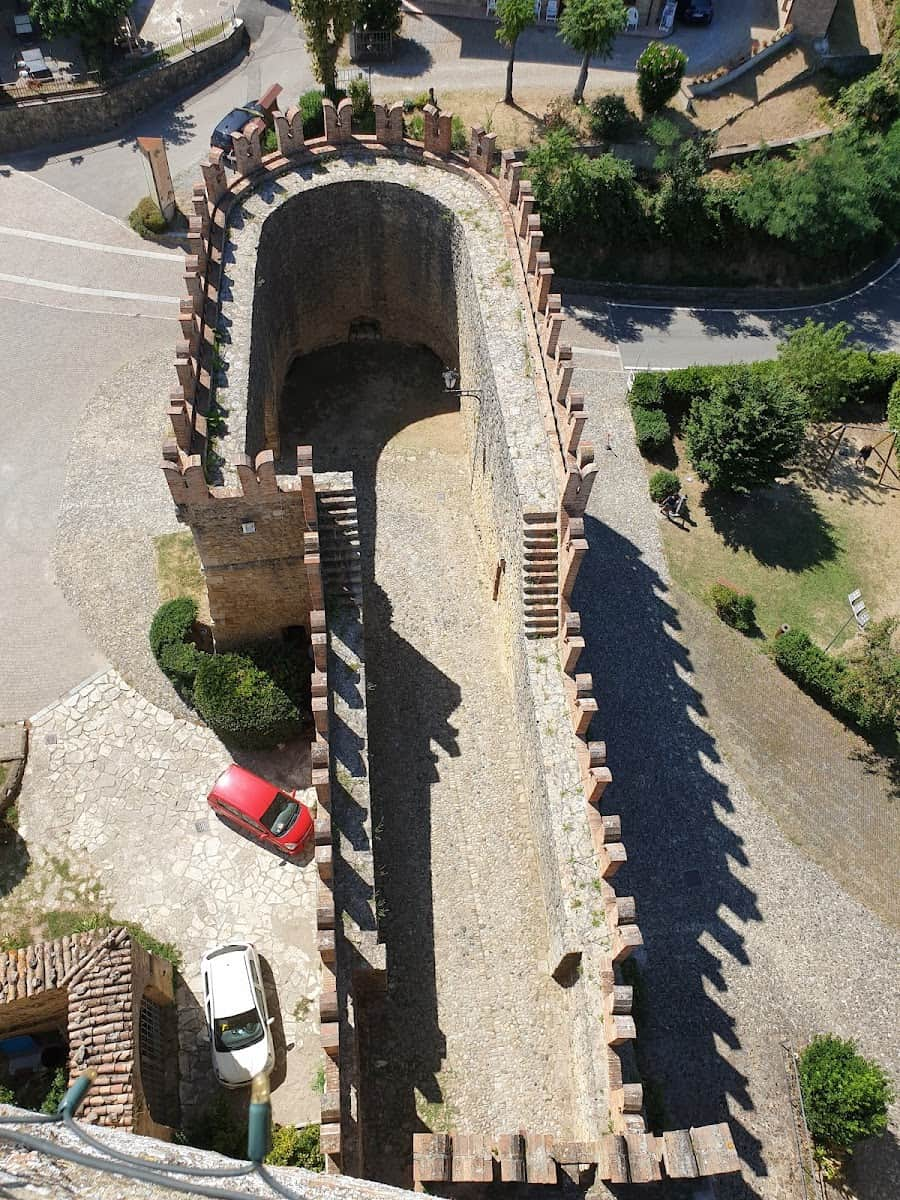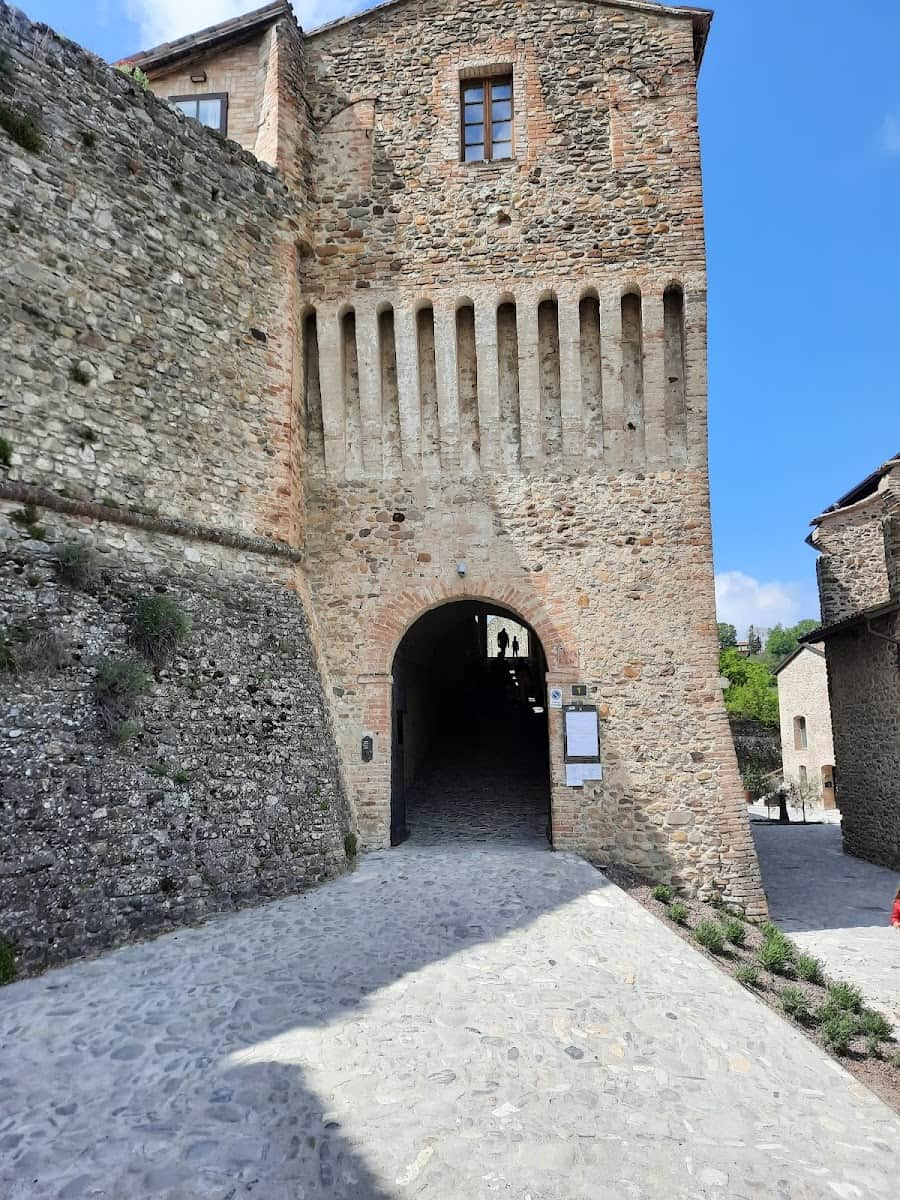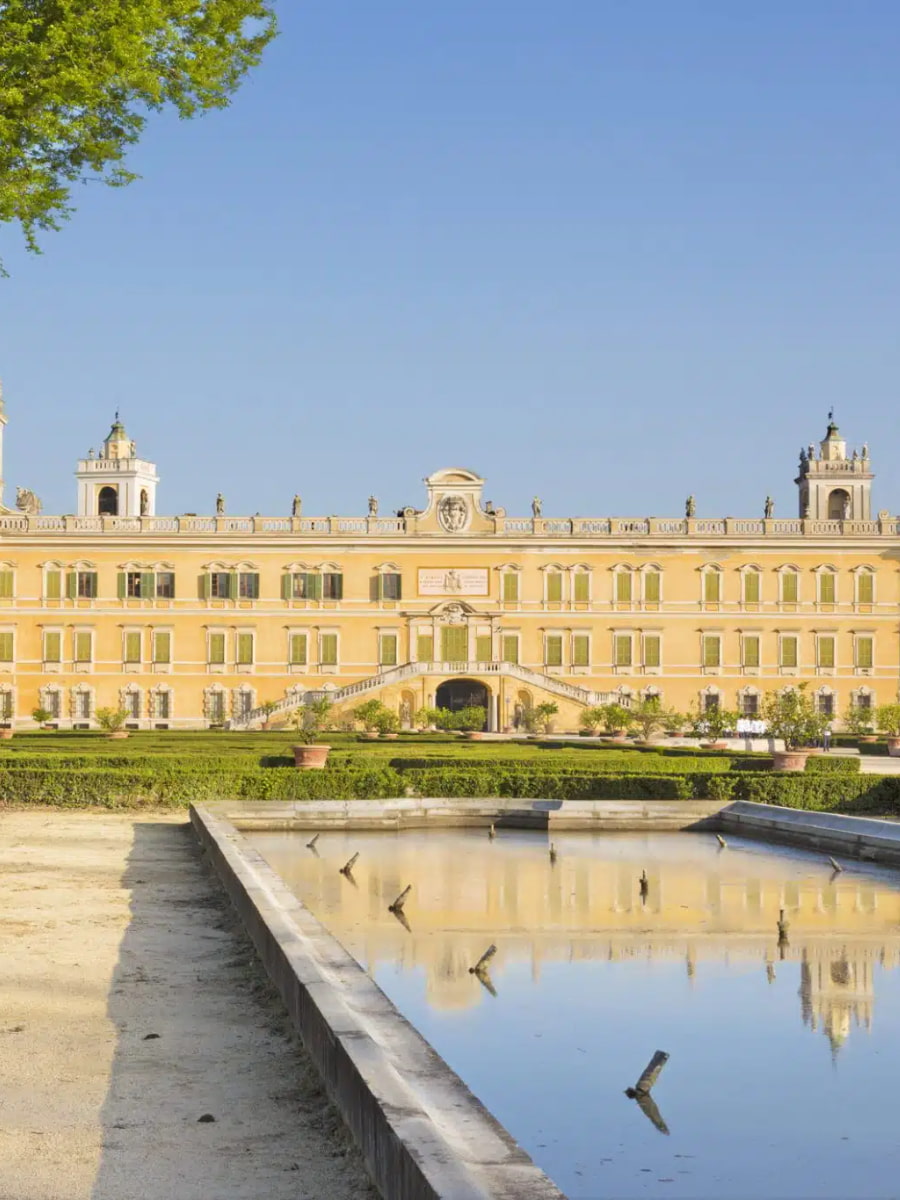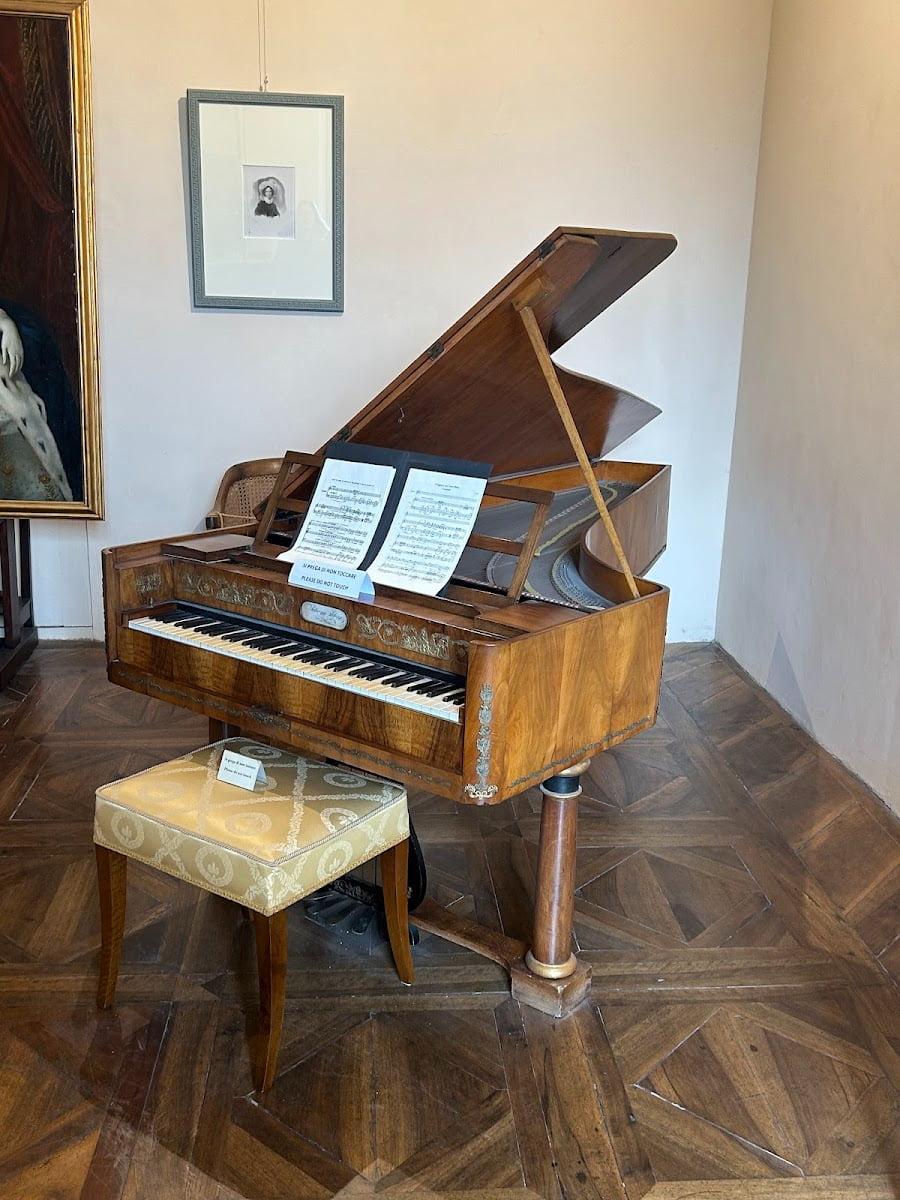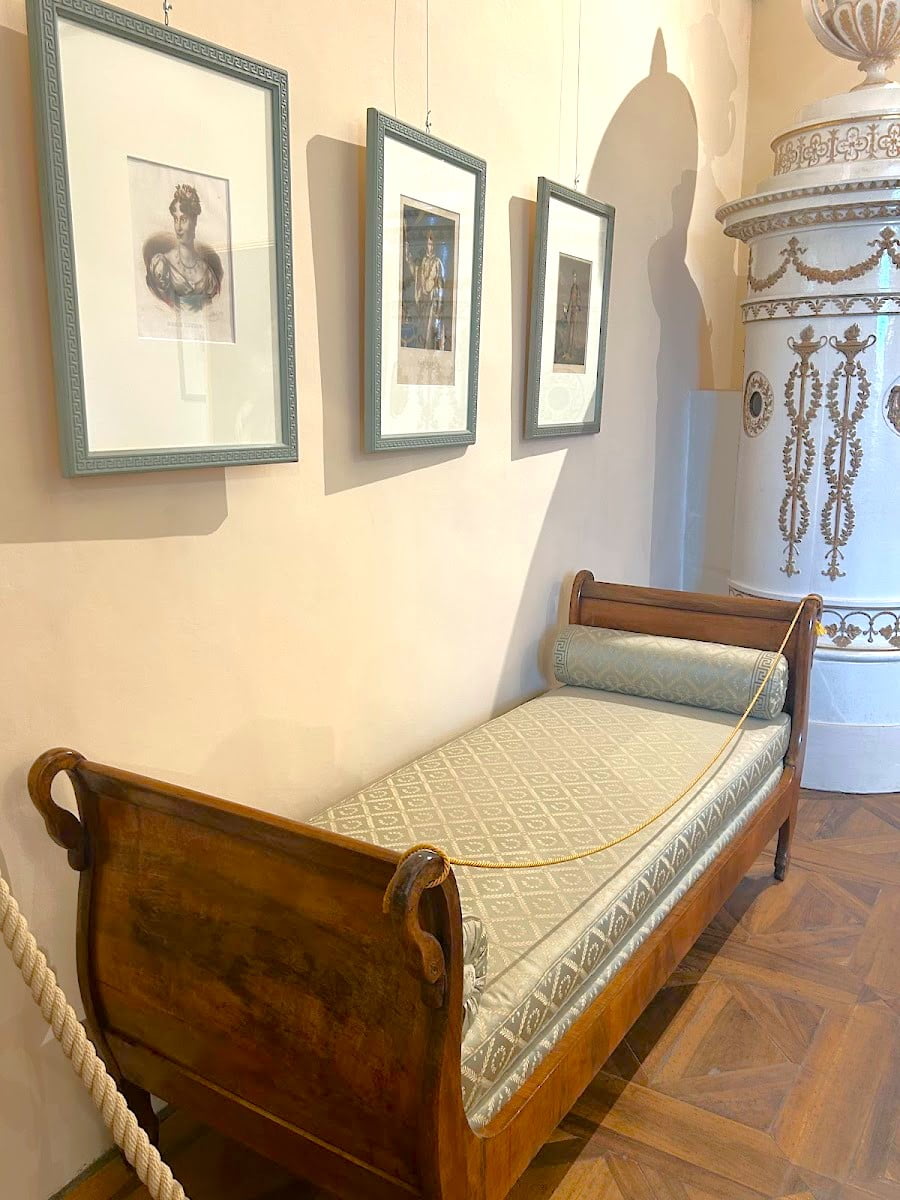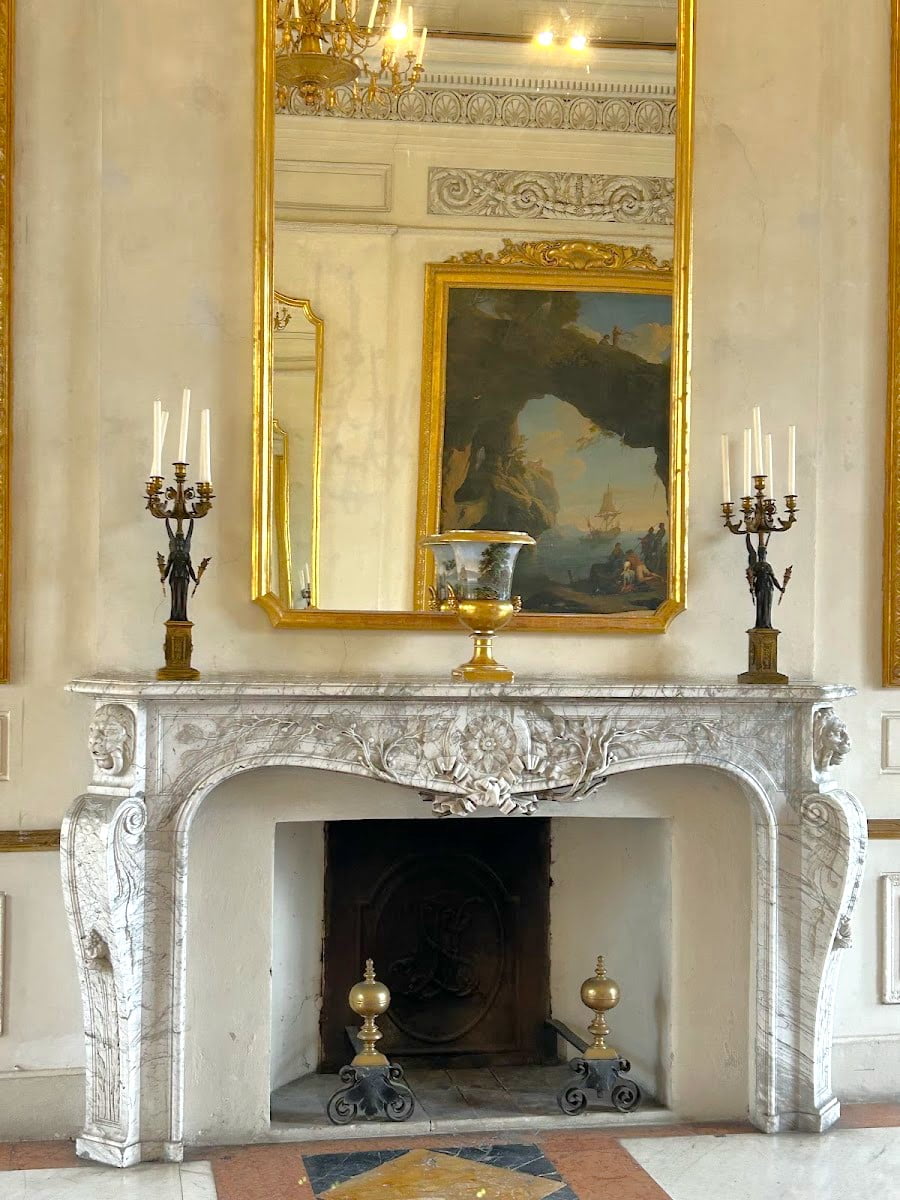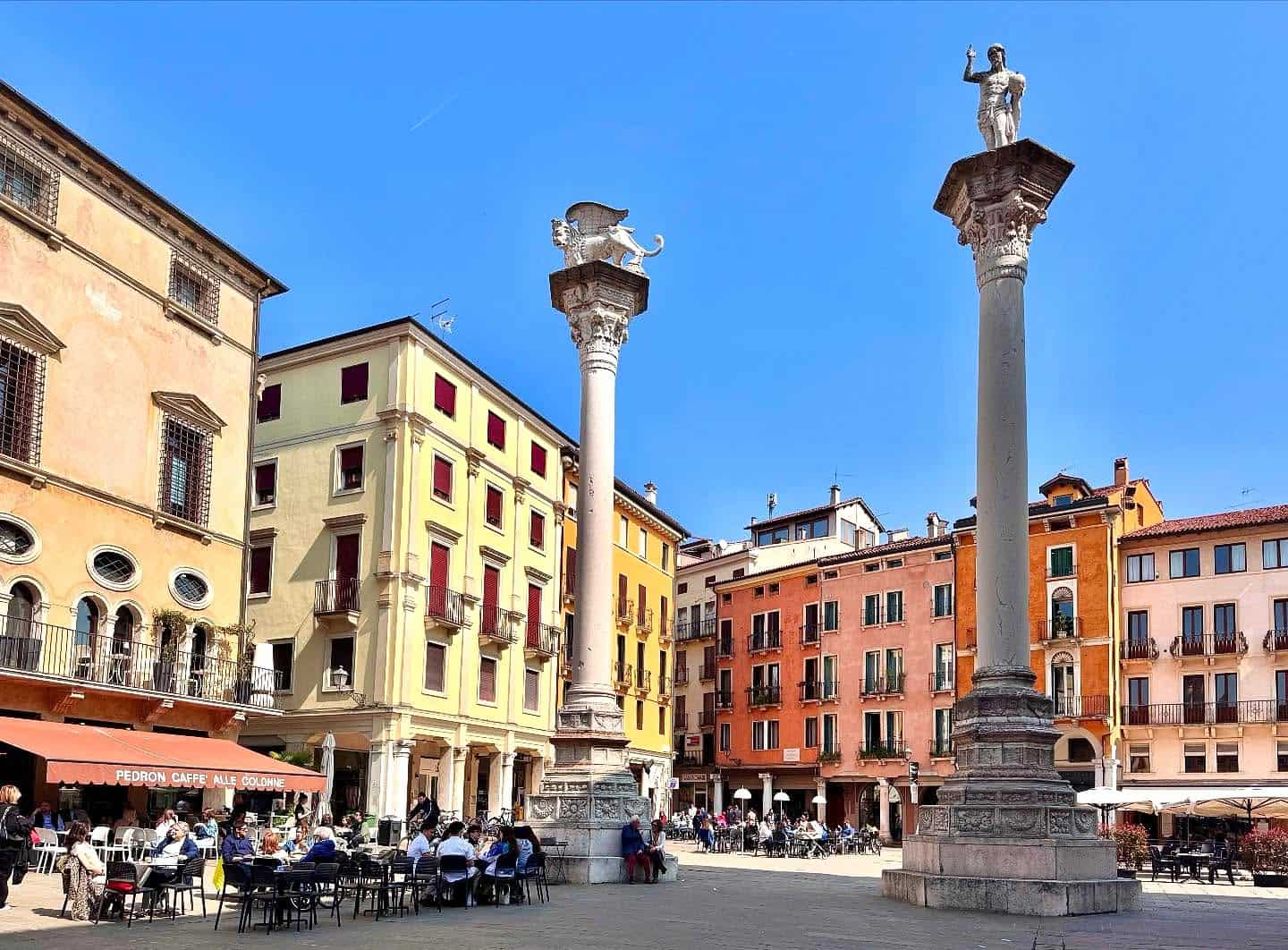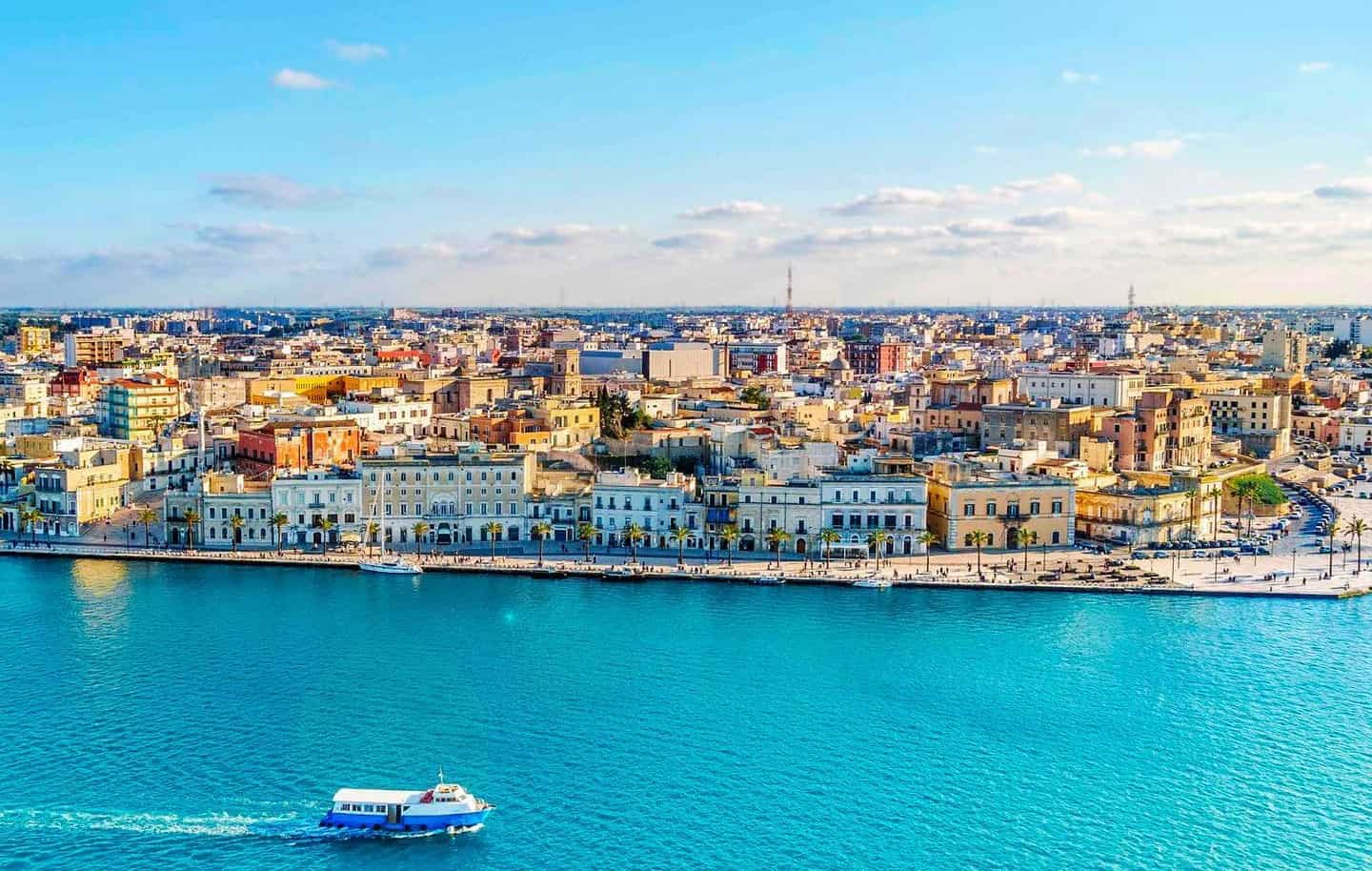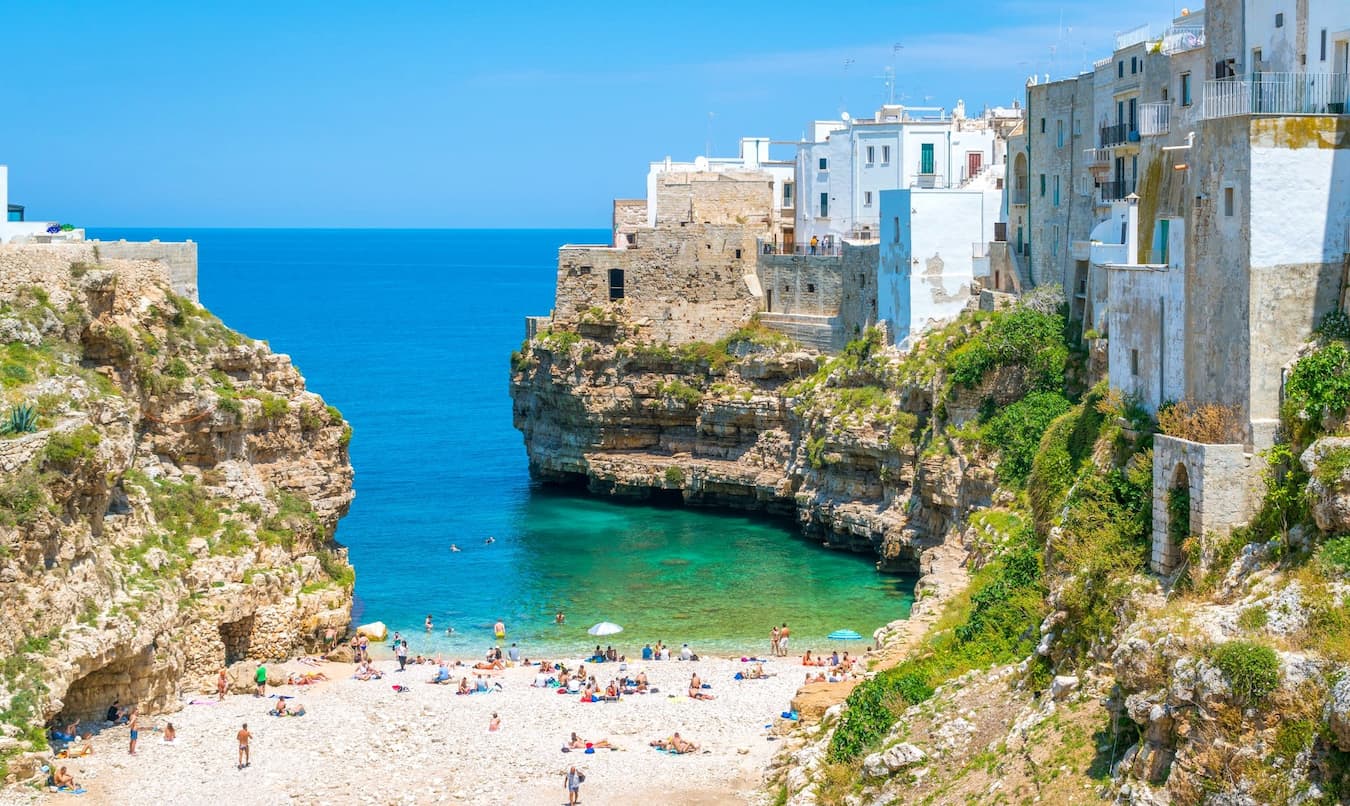🏡 Where to stay in Parma:
- 💎 Luxury Hotel: Grand Hotel di Parma | UNA Esperienze
- ✨ 5-Star: Grand Hotel De La Ville
- 🏨 4-Star: NH Parma
- 🛏️ 3-Star: Hotel Button
- 💸 Cheap: Room Don Alfonso Luxury
- 🏢 Apartment: Parma Central Apartments
- 👨👩👧👦 For Families: Starhotels Du Parc
- 🏩 For Couples: Palazzo Dalla Rosa Prati
👩🏻 Best guided tours:
- An Opera Tour in Parma from €243 (⭐️4.5/5)
- Parma Private Walking Tour from €250 (⭐️5.0/5)
- A Walk Through Art and Wine from €244 (⭐️4.7/5)
- From the Reggia di Colorno to the Tasting of Culatello di Zibello from €246 (⭐️4.8/5)
Best Things To Do in Parma, Italy
1. Teatro Regio di Parma
Operatic Grandeur. As I stepped into the Teatro Regio, I was immediately struck by its neoclassical splendor. The 1,400-seat auditorium, with its four tiers of boxes and gallery, exudes an air of timeless elegance. The original gilded bronze “astrolamp” chandelier caught my eye, casting a warm glow over Borghesi’s allegorical curtain depicting Minerva.
Verdi’s Legacy. During my visit, I learned that this prestigious opera house is intimately tied to Giuseppe Verdi’s legacy. The annual October festival celebrates his works, while the winter season (January–April) showcases a diverse range of operas. I was fascinated to discover that some of Verdi’s earliest supporters were right here in Parma.
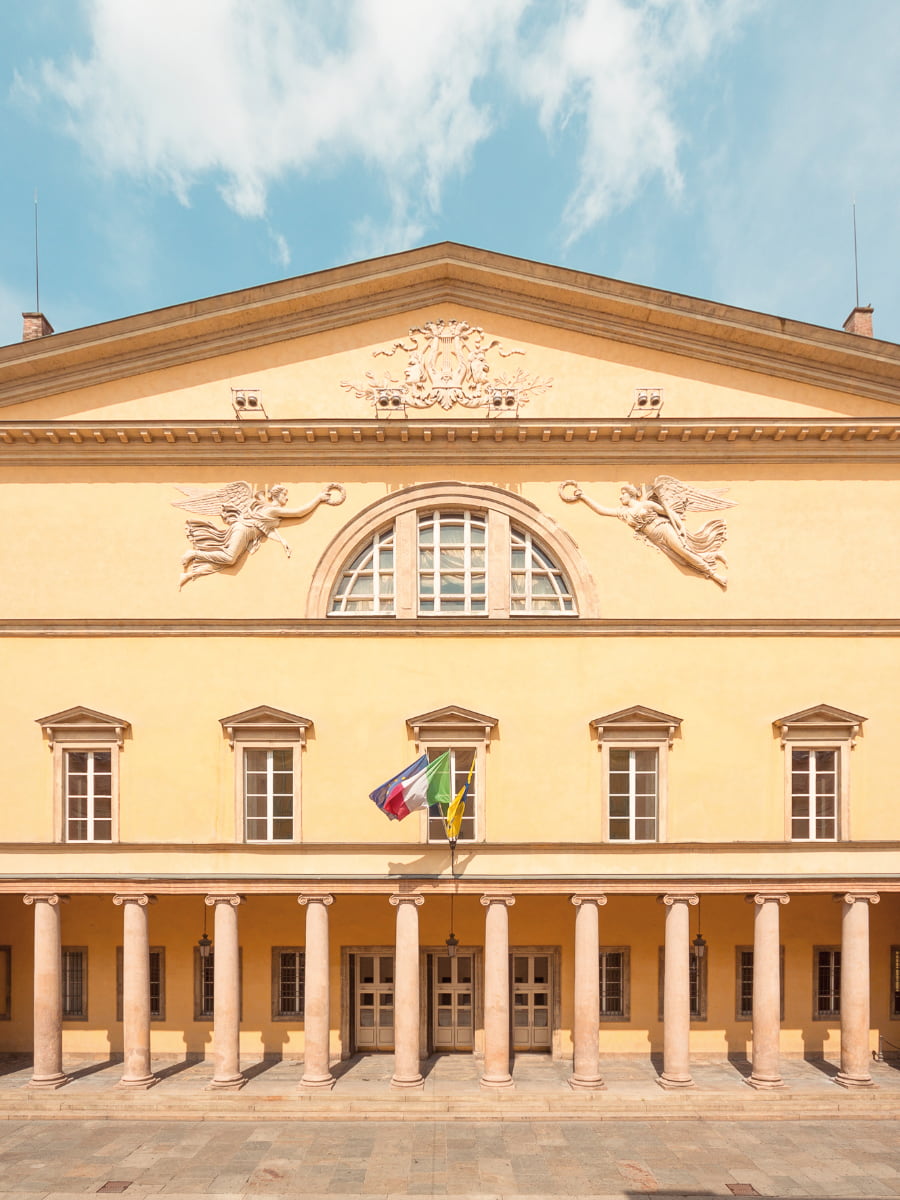
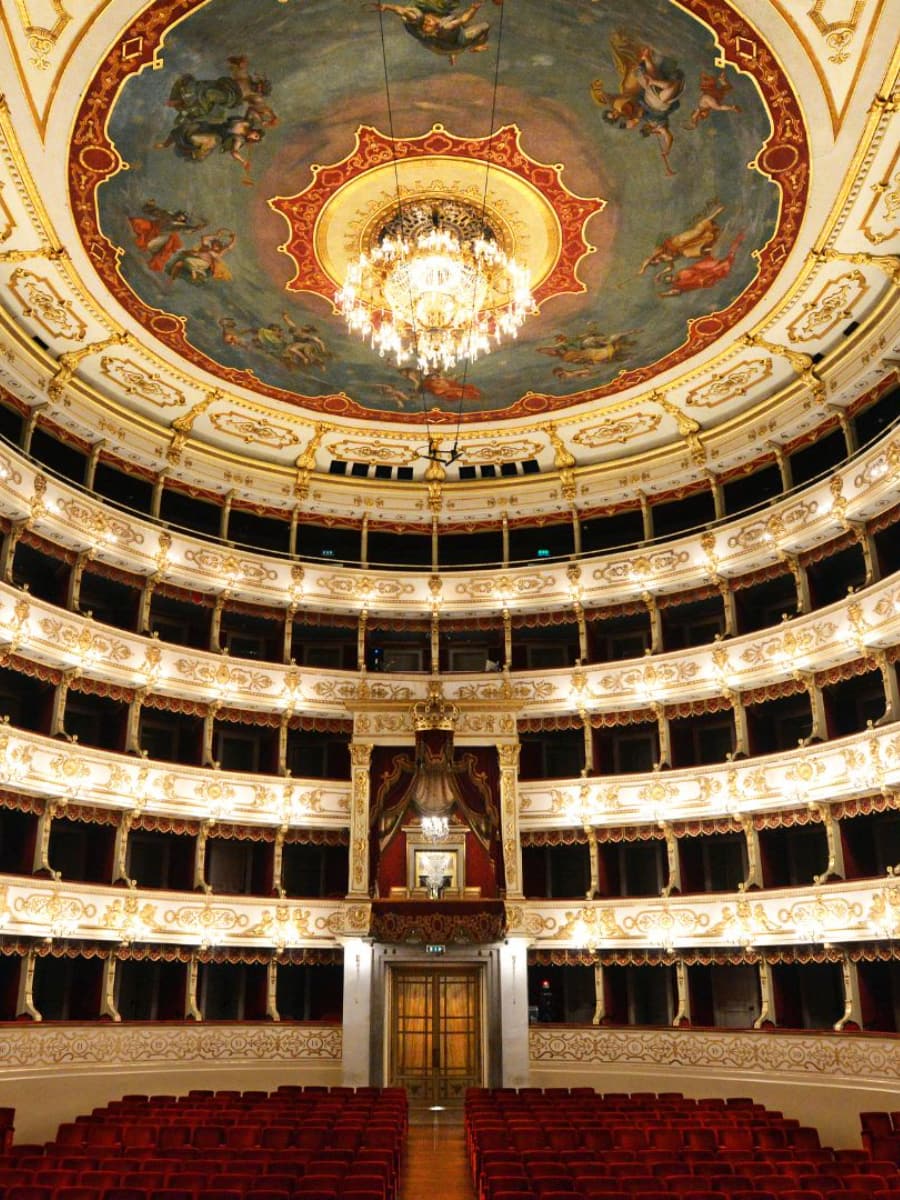
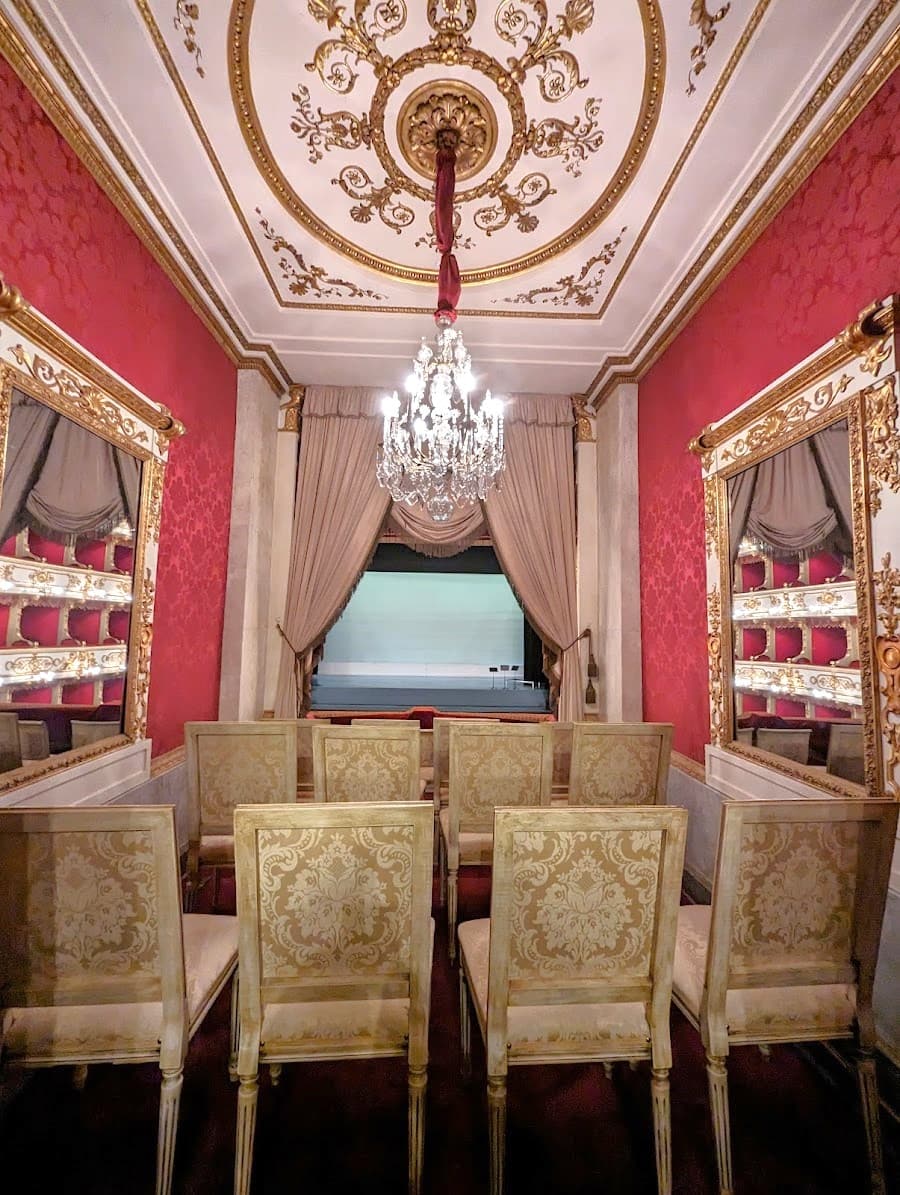
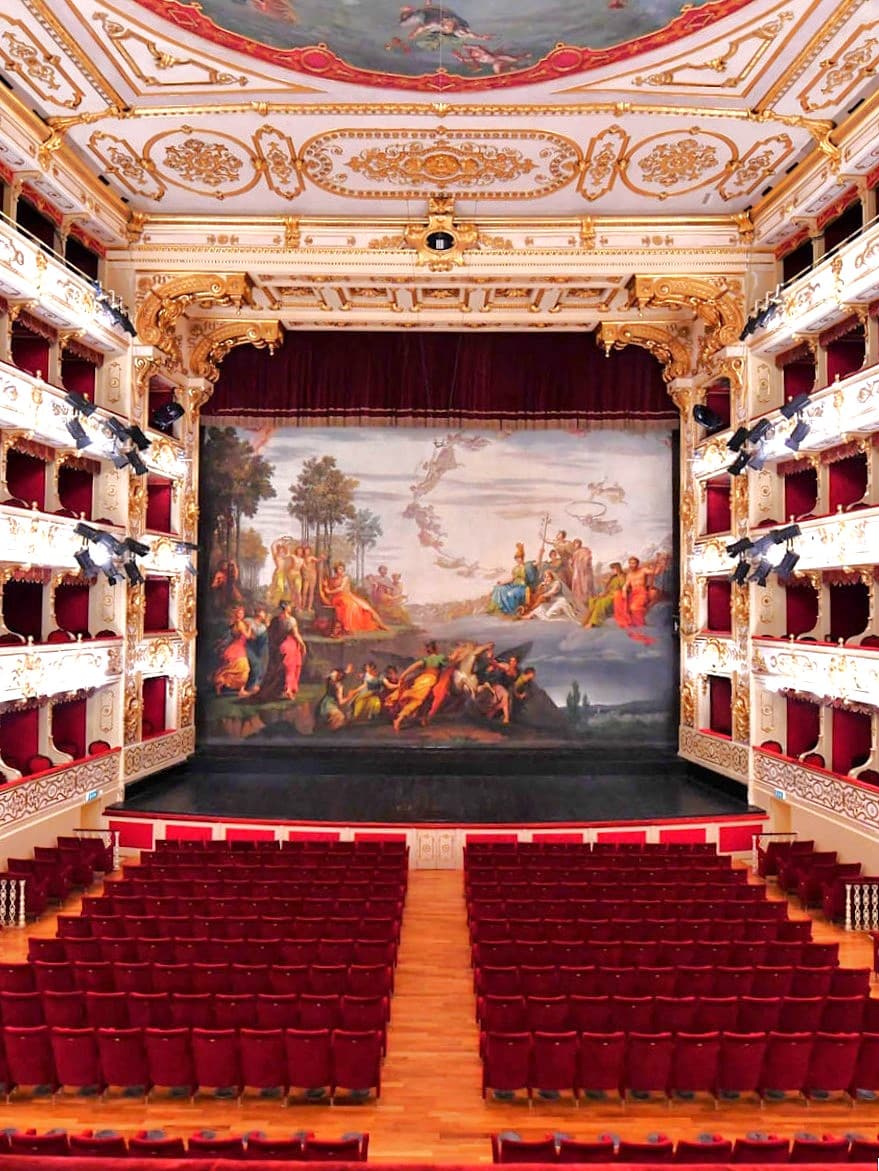
Architectural Marvel. The façade, designed by Nicola Bettoli, is a testament to neoclassical beauty. Inside, the horseshoe-shaped auditorium is a symphony of red velvet, gilded stucco, and intricate frescoes. I spent several minutes admiring the ceiling, painted by Giovan Battista Borghesi, which depicts Apollo and the Muses.
Historical Significance. The theater’s role in Italy’s cultural and political landscape of the 19th century is palpable. I was intrigued to learn that it played a part in the Risorgimento, with patriotic operas often serving as veiled calls for Italian unification.
| Feature | Description |
|---|---|
| Seating Capacity | 1,400 |
| Ticket Prices | Starting from €30 |
| Tour Price | €8 for a 30-minute guided tour |
| Location | Strada Giuseppe Garibaldi, 16/A, 43121 Parma PR, Italy |
Backstage Secrets. I highly recommend taking the guided tour to discover fascinating behind-the-scenes details. The collection of historical costumes and props, some dating back to the theater’s earliest productions, offers a tangible connection to its rich past.
⭐ Best activities
- An opera tour in Parma – This exclusive tour celebrates the places where this tradition has born and still lives, together with the outstanding pieces of art and architecture that compose the unique harmony of the Small Paris of Emilia.
2. Cittadella Park
Green Oasis. Stepping into Cittadella Park, I was immediately struck by the contrast between its military past and peaceful present. The 12m-thick ramparts, once designed to withstand cannon fire, now shelter soccer fields and picnic areas. It’s a perfect example of how Parma has preserved its history while adapting to modern needs.
Nature’s Playground. As I strolled through the park, I was delighted by the diverse ecosystem. The Parma violet, Napoleon’s favorite flower, adds splashes of color to the greenery. I even joined a nocturnal bat-watching tour, which was an unexpected highlight of my visit.
Historical Layers. The park’s rich history is evident at every turn. I explored the network of escape tunnels, now cleverly repurposed as rain shelters with QR codes detailing the 1591 siege that never happened. The restored entrance gate revealed layers of history, from medieval brickwork to Baroque additions.
Sustainable Innovation. I was impressed by the park’s commitment to sustainability. Solar-powered lighting illuminates the paths at night, and rainwater collection systems maintain the lush greenery. The educational garden offered fascinating insights into organic farming techniques and local plant species.
| Feature | Description |
|---|---|
| Size | 26 hectares |
| Opening Hours | Daily, 7:00 AM – 11:00 PM |
| Entrance Fee | Free |
| Location | Viale delle Rimembranze, 43123 Parma PR, Italy |
Community Hub. During my visit, I witnessed firsthand how Cittadella Park serves as a vital community space. From yoga classes on the grassy expanses to outdoor theater performances in the amphitheater, the park buzzes with local life.
3. Palazzo del Governatore
Timekeeping Marvel. As I approached the Palazzo del Governatore, my gaze was immediately drawn to its 18th-century façade with twin astronomical clocks. The left clock shows local solar time, while the right displays mean European time with lunar phase dials. It’s a fascinating blend of art and science that has kept Parma on time for centuries.
Historical Layers. Stepping inside, I was transported through time. The neoclassical exterior gives way to 13th-century merchant halls and Farnese-era escape tunnels. In the Sala delle Meridiane, I marveled at Bertoia’s 1580 fresco fragments, now displayed alongside interactive holograms that bring the building’s evolution to life.
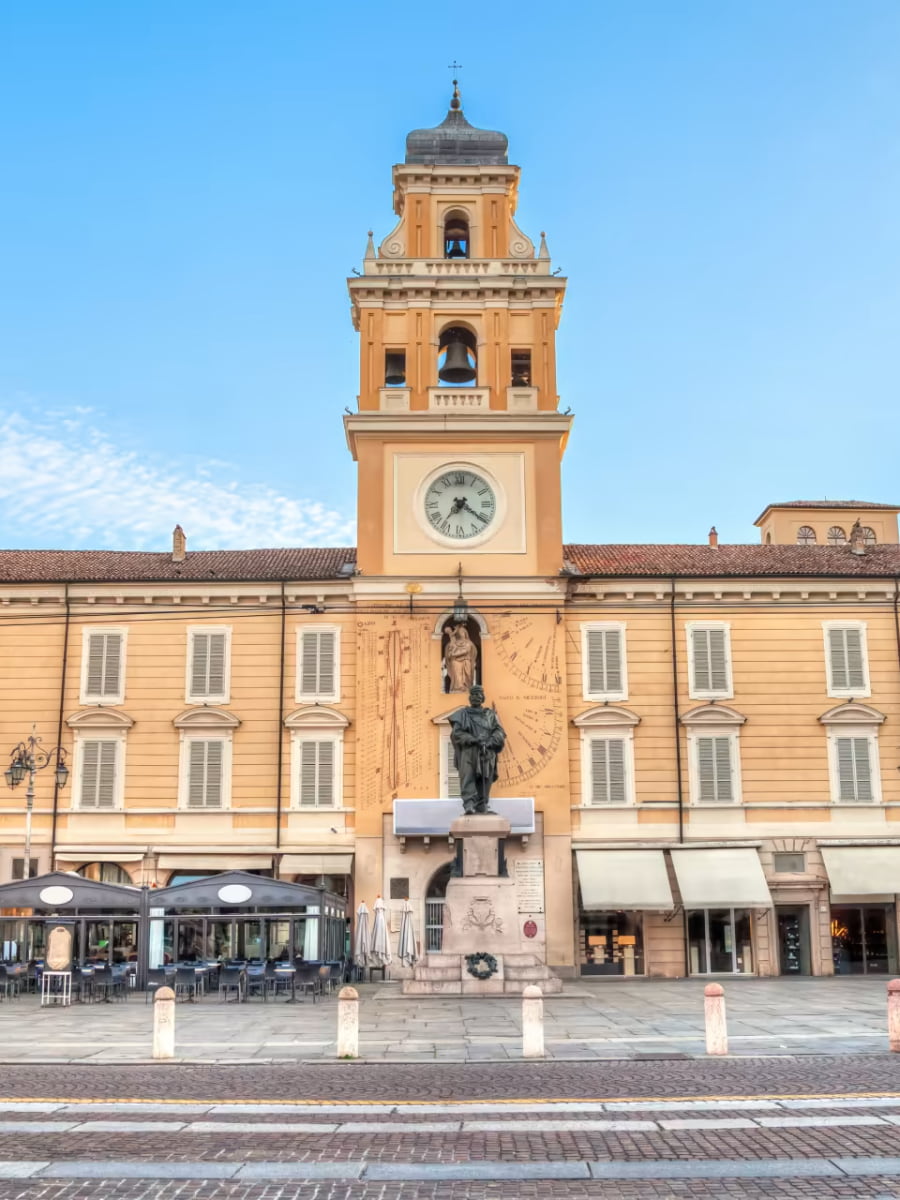
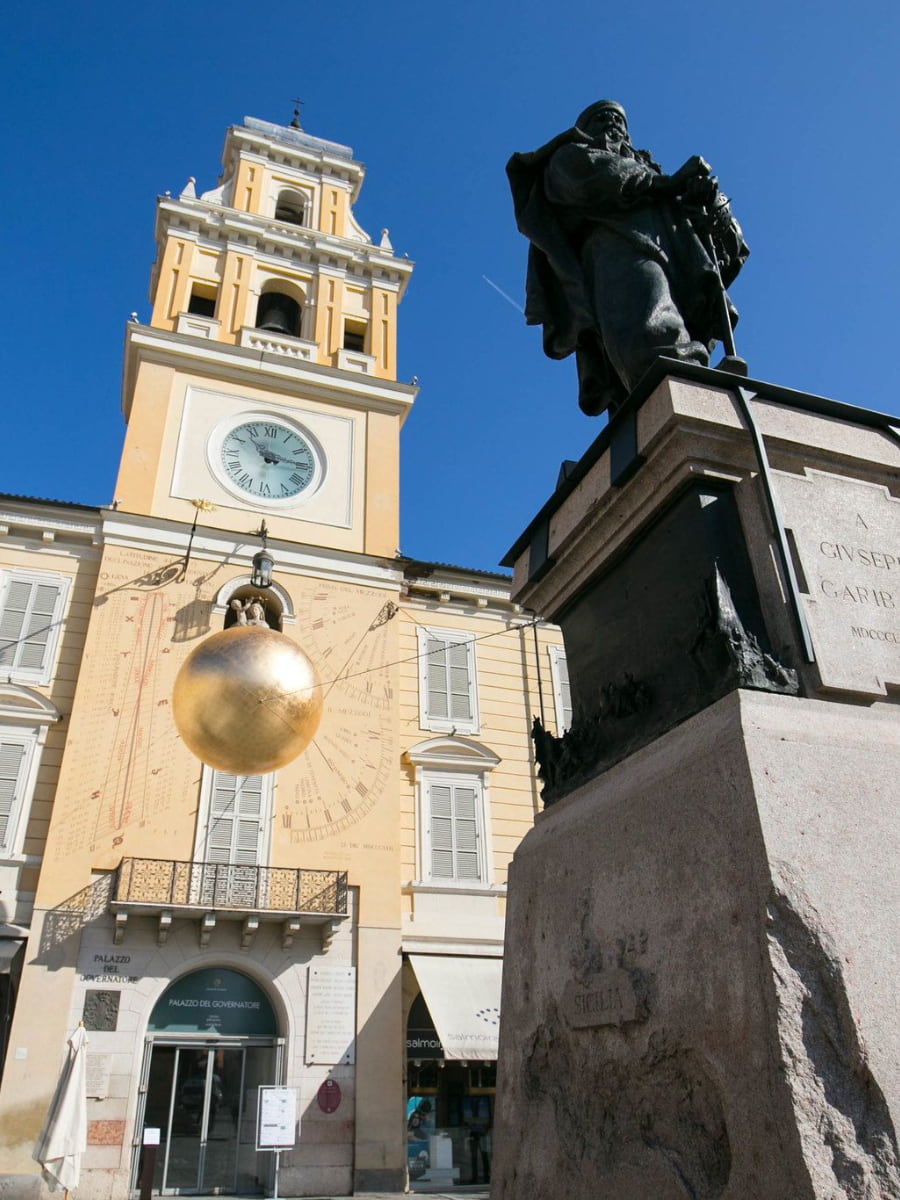
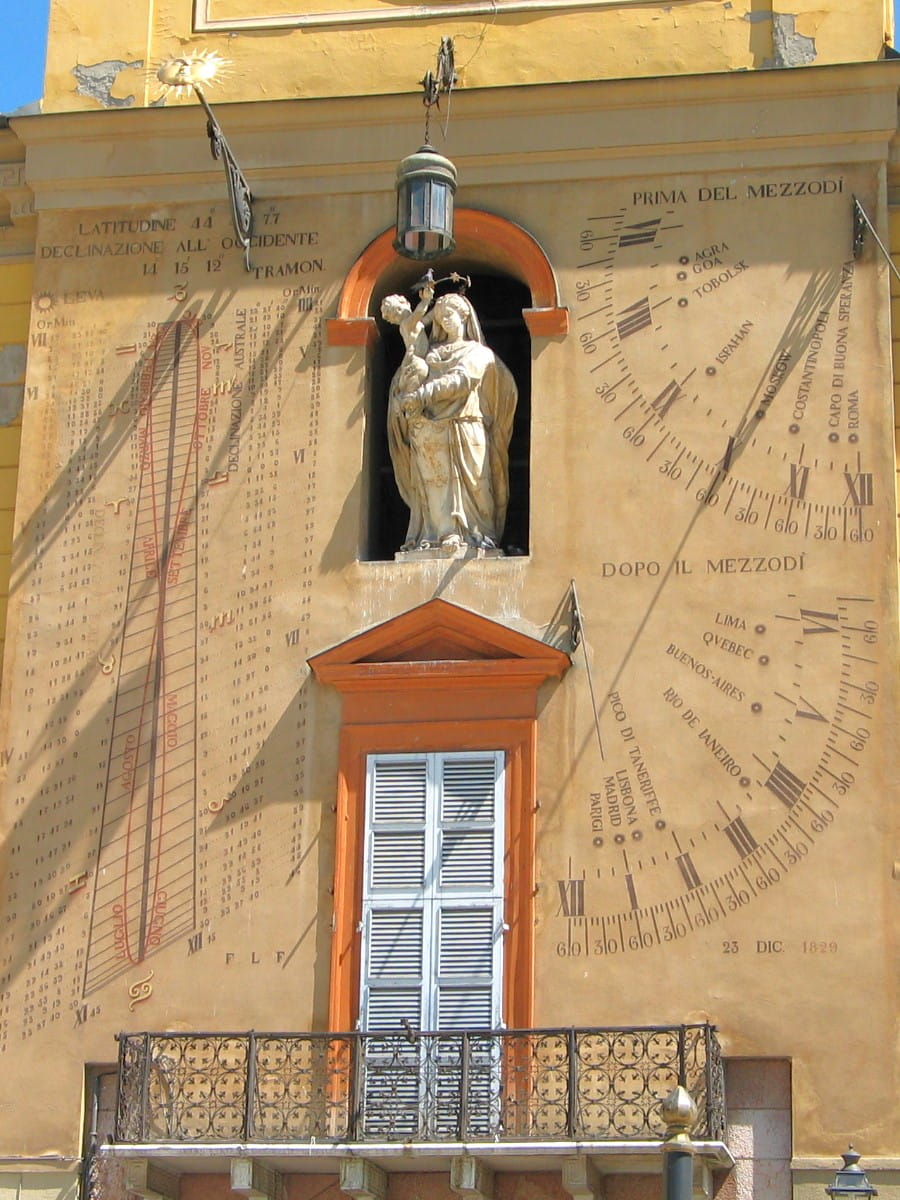
Cultural Hub. Today, the palace serves as a vibrant cultural center. I explored modern art exhibitions in its revamped interiors and learned about the “mattone di Parma” (Parma brick) embedded in the wall near Piazza Garibaldi, which once served as the city’s medieval measurement standard.
Architectural Journey. Each room in the palace tells a story of Parma’s development. I traced the building’s evolution from its 13th-century origins through Farnese expansions to its elegant 18th-century neoclassical makeover. It’s a physical timeline of the city’s changing tastes and needs.
| Feature | Description |
|---|---|
| Tower Height | 47 meters |
| Opening Hours | Wednesday to Sunday, 10:00 AM – 7:00 PM |
| Entrance Fee | Varies depending on exhibitions |
| Location | Piazza Giuseppe Garibaldi, 19, 43121 Parma PR, Italy |
Hidden Treasures. The highlight of my visit was exploring the recently uncovered hidden chambers and passageways. These secret spaces, some dating back to medieval times, offered a thrilling glimpse into the palace’s clandestine history.
⭐ Best activities
- Parma: City Walking Tour – Discover the historic center of Parma with a two-hour tour accompanied by a local tour guide.
4. Galleria Nazionale di Parma
Artistic Treasures. As I entered the Galleria Nazionale di Parma, housed in the sprawling Palazzo della Pilotta, I was immediately drawn to Correggio’s sensual Madonna of St. Jerome. The revolutionary chiaroscuro technique left me in awe. In the Leonardo da Vinci room, I spent several minutes mesmerized by La Scapigliata, where the unfinished face seems to emerge from a dream-like haze.
Theatrical Wonder. Connected to the gallery, I discovered the Teatro Farnese, Europe’s first permanent proscenium arch theater. Built entirely of wood and plaster in 1618, it’s a testament to baroque ingenuity. Learning about its near-destruction in WWII and subsequent meticulous reconstruction using 17th-century blueprints added a layer of poignancy to its beauty.
Hidden Gems. Beyond the famous works, I was captivated by lesser-known treasures. El Greco’s Christ Healing the Blind and Parmigianino’s Turkish Slave offered insights into the diverse artistic influences that shaped Parma’s cultural landscape. The Borghese Gladiator, a Roman marble once owned by Napoleon’s sister, stood as a testament to the city’s connection to broader European history.
Ducal Legacy. As I explored the gallery, I gained a deeper appreciation for the Farnese family’s patronage of the arts. Many works were commissioned directly by the dukes or acquired through their extensive European network. This ducal legacy is evident in the quality and diversity of the artworks, from intimate portraits to grand mythological scenes.
| Feature | Description |
|---|---|
| Number of Artworks | Over 700 |
| Opening Hours | Tuesday to Sunday, 8:30 AM – 7:00 PM |
| Ticket Price | €10 for adults, €5 for EU citizens aged 18-25 |
| Location | Piazzale della Pilotta, 15, 43121 Parma PR, Italy |
Cultural Immersion. The gallery offers more than just visual art. I participated in one of their interactive tours, which brought the Renaissance to life through storytelling and historical context. The “Artist in Residence” program, where contemporary creators draw inspiration from historical works, offered a fascinating dialogue between past and present.
5. Basilica di Santa Maria della Steccata
Renaissance Masterpiece. As I entered the Basilica di Santa Maria della Steccata, I was immediately struck by its harmonious Greek cross plan. Built between 1521 and 1539, this church is a pinnacle of Renaissance design in Parma. The crowning jewel is Parmigianino’s final masterpiece – the “Wise and Foolish Virgins” fresco. I was fascinated to learn that hidden within the lantern flames are musical notes forming a 16th-century hymn when sung as a round.
Sacred Treasures. Descending into the crypt, I discovered a trove of 37 lead reliquaries, including a lock of Lucrezia Borgia’s hair. The adjacent museum houses the Constantinian Order’s 1601 emerald-and-diamond coronation regalia, offering a glimpse into Parma’s rich spiritual and cultural heritage.
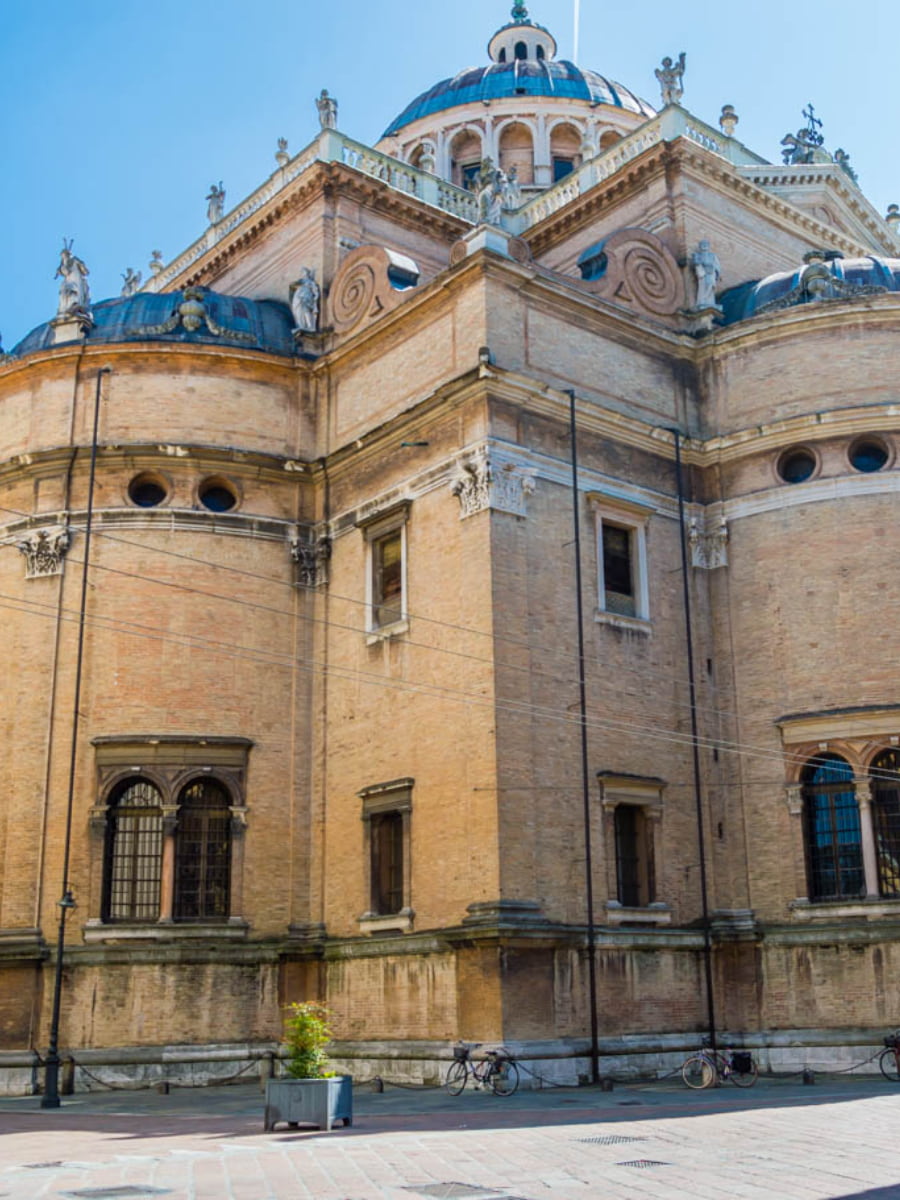
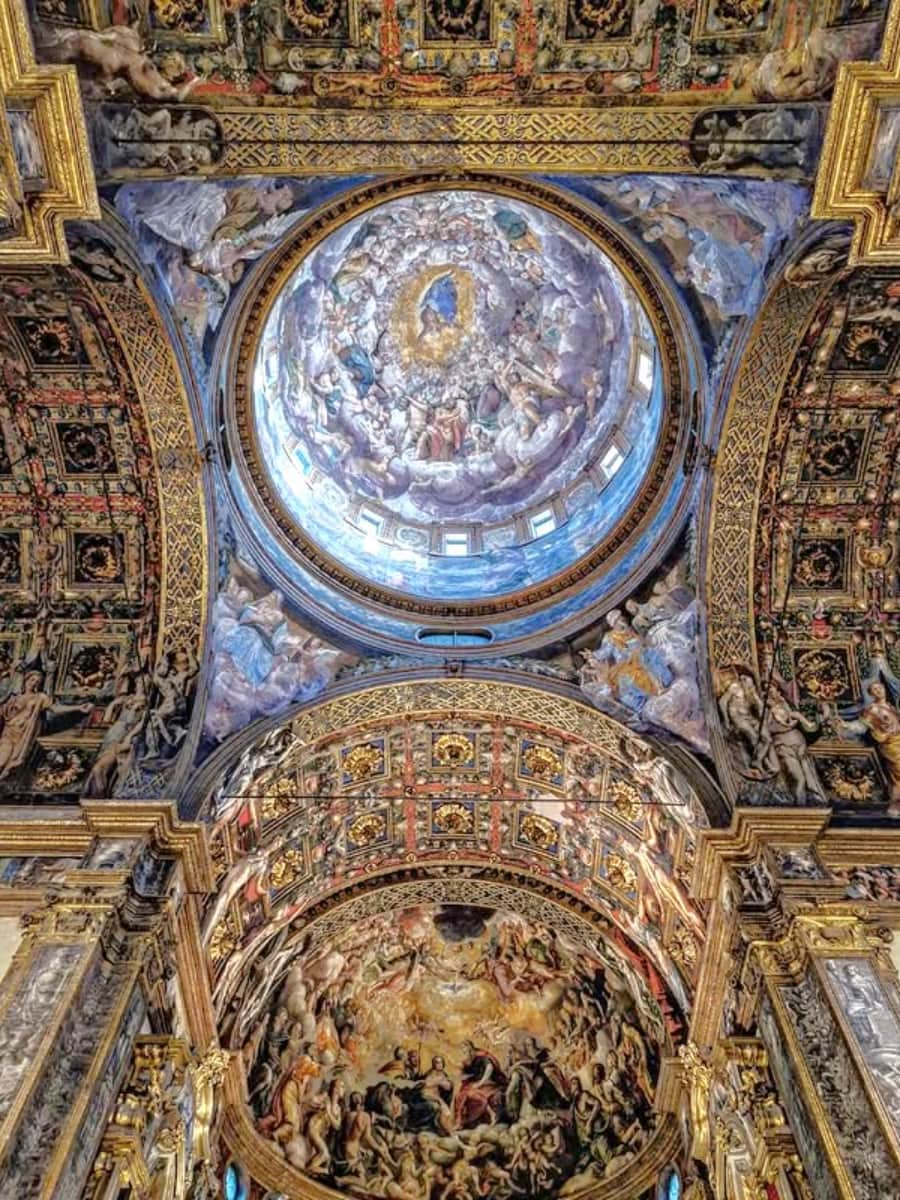
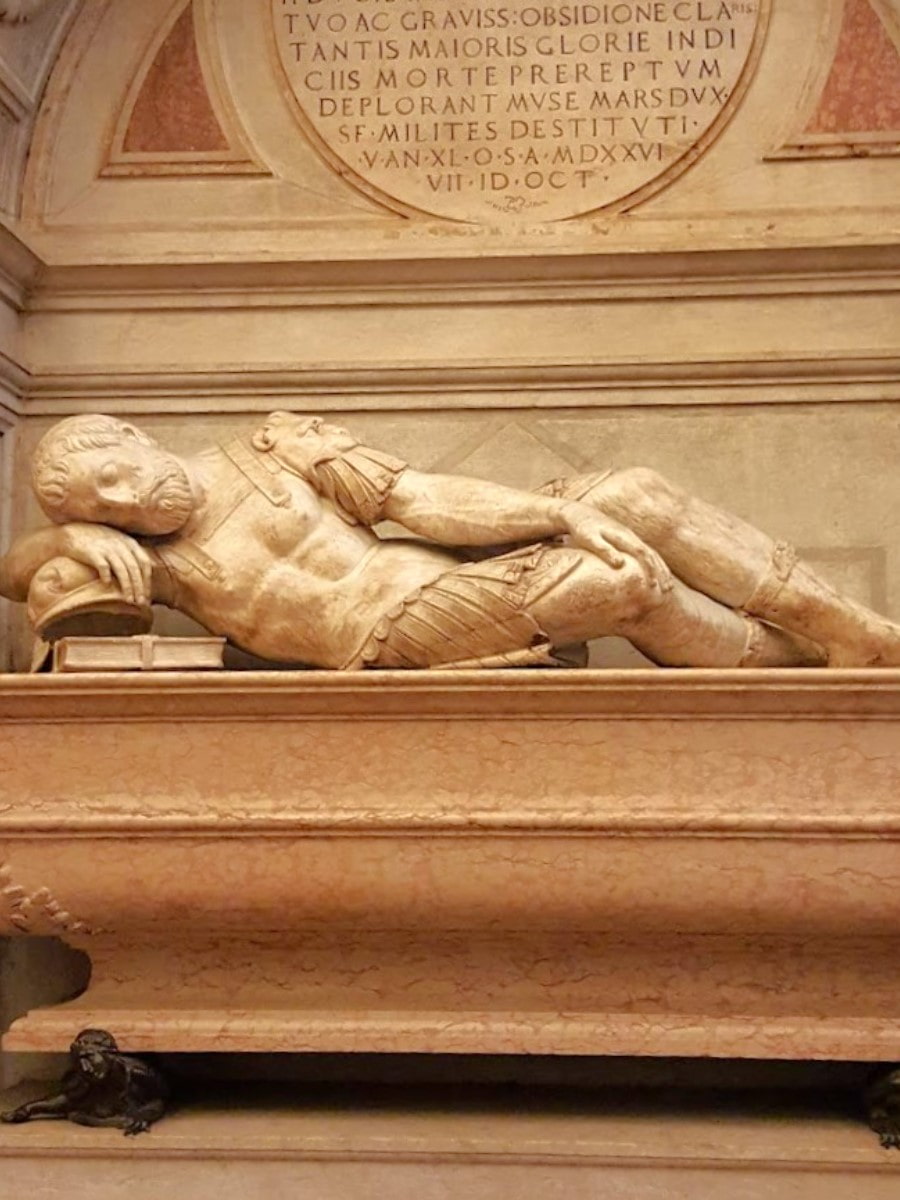
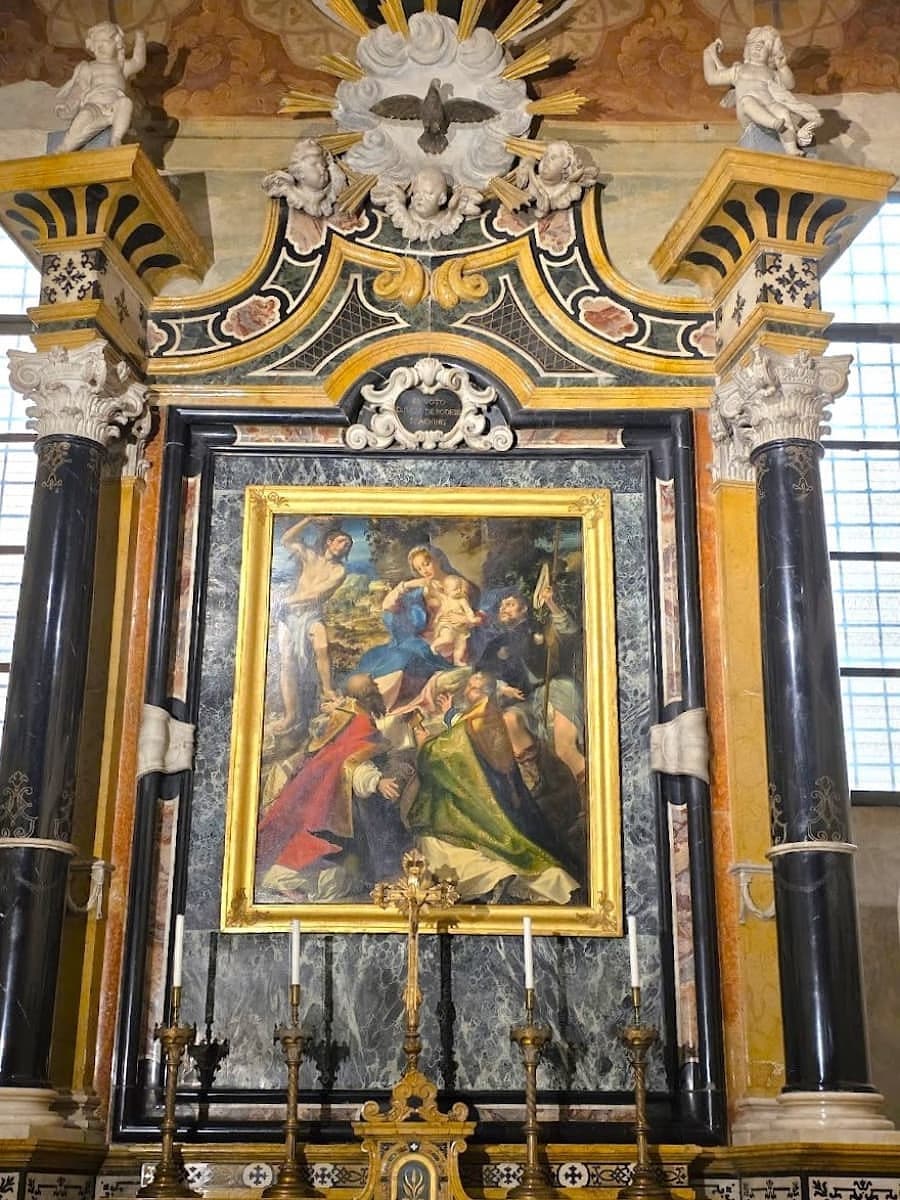
Artistic Wonders. Beyond Parmigianino’s famous fresco, I was captivated by the dome painted by Bernardino Gatti in 1560. The Assumption of the Virgin is rendered in vibrant colors that seem to bring the heavens down to earth. Each side chapel I explored featured works by prominent local artists, telling stories from Christian tradition and Parma’s history.
Architectural Innovation. The basilica’s design, attributed to Bernardino Zaccagni, incorporates innovative elements that were ahead of its time. I was particularly impressed by the use of a Greek cross plan, which creates a sense of centralized space drawing the eye upward to the magnificent dome. The harmony between architecture and decoration exemplifies the Renaissance ideal of unity in art.
| Feature | Description |
|---|---|
| Construction Period | 1521-1539 |
| Opening Hours | Daily, 7:30 AM – 12:00 PM, 3:00 PM – 6:30 PM |
| Entrance Fee | Free |
| Location | Strada Giuseppe Garibaldi, 5, 43121 Parma PR, Italy |
Living History. I learned that the Basilica di Santa Maria della Steccata has played a crucial role in Parma’s religious and civic life for centuries. It has been the site of important ceremonies, including ducal weddings and funerals. The church’s connection to the Constantinian Order of Saint George adds another layer of historical significance, linking Parma to broader European chivalric traditions.
Things To Do in Parma with Kids
1. Parco Ducale
Renaissance Playground: Originally designed in 1561 for the Farnese dynasty, this 50-acre park blends formal French gardens with wild English landscaping added by Duchess Maria Luigia. The 18th-century artificial lake still hosts giant carp and terrapins that children can feed (bring bread!). Look for the “grilli” – yellow pedal-powered trikes shaped like crickets (€5/hour) that let families explore the tree-lined avenues where dukes once rode horseback.
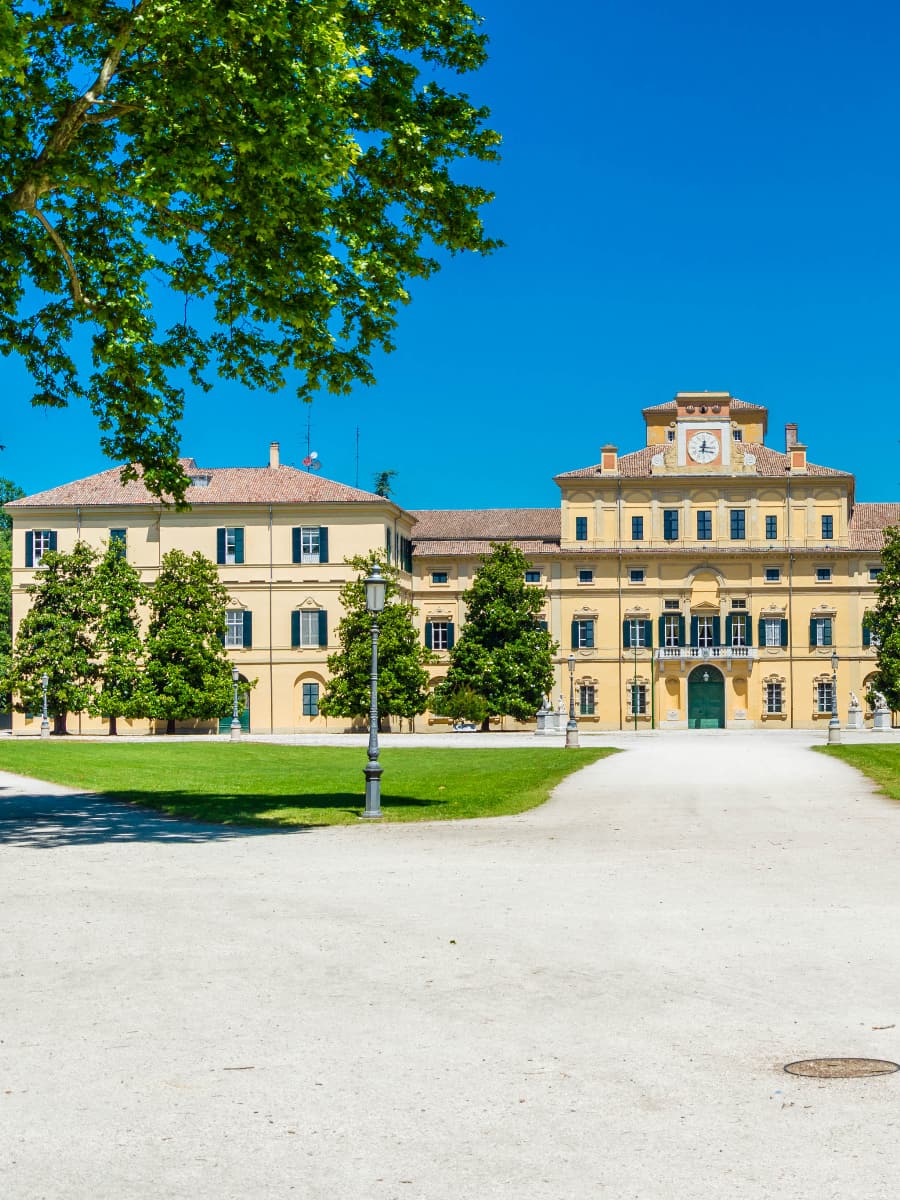


Hidden Treasures: The park’s 16th-century ice house (now an art space) reveals how nobles stored snow for summer desserts. Near the Baroque fountain, tactile bronze animal sculptures invite climbing. From May-September, the Alice Library hosts Italian-language puppet shows under the magnolia trees.
| Feature | Information |
|---|---|
| Location | City center of Parma |
| Opening Hours | Daily, 7:00 AM – 9:00 PM |
| Admission | Free |
| “Grilli” Rental | €5/hour |
| Best Time to Visit | Late afternoon to evening |
Local Tip: Visit at dusk to see the park’s 1,200 lanterns illuminated – their gaslights still use the original 1823 piping system. The adjacent Palazzo Ducale’s courtyard offers free classical concerts on summer evenings.
⭐ Best activities
- Parma Private Walking Tour – Explore Parma’s diverse history, from medieval splendour to Austrian rule. Beyond famous cheese, discover architectural masterpieces in the palace and cathedral.
2. Divertilandia
Indoor Adventure Hub: This sprawling play center (Via Speciano 4) features Parma’s only multilevel soft playground with laser tag arena and a 15m zipline. The STEM zone has weekly robotics workshops where kids aged 6+ can build motorized models using local Parmigiano wheel parts as gears.
Foodie Twist: Unlike typical pizza menus, the café serves child-sized portions of Parma specialties – think mini culatello ham sandwiches and pumpkin tortelli dusted with powdered sugar. Birthday parties include mozzarella-making classes with a local cheesemonger.
| Feature | Information |
|---|---|
| Location | Via Michelangelo Anselmi, 14, Parma |
| Opening Hours | Tue-Fri: 9:00 AM – 12:30 PM, 3:30 PM – 7:30 PM; Sat: 9:00 AM – 12:30 PM, 3:30 PM – late; Sun: 3:30 PM – 7:30 PM |
| Admission | Varies by age and activity |
| Age Range | 0-12 years |
| Special Features | Laser tag, zipline, STEM workshops |
Safety First: The facility uses hospital-grade UV sanitation for toys and requires non-slip socks (available for purchase). Staff include certified lifeguards for the ball pit pool with floating Parmesan wedge islands.
Free Things To Do in Parma
1. Baptistery of Parma
Pink Marble Wonder. As I approached the Baptistery of Parma in Piazza Duomo, I was immediately struck by its octagonal shape and the warm glow of its pink Verona marble. Built between 1196 and 1270, this architectural masterpiece stands as a testament to medieval craftsmanship. The exterior’s intricate carvings of biblical scenes, zodiac signs, and medieval symbols captivated me, especially the Portal of Judgment where each figure seemed to tell its own story.
Interior Marvels. Stepping inside, I was enveloped by a sense of sacred history. The dome’s frescoes created a mesmerizing play of light, particularly striking at noon when sunbeams highlighted hidden details. I found myself lost in contemplation of the sixteen-sided polygonal space, admiring Benedetto Antelami’s sculptures representing the Months, Seasons, and Signs of the Zodiac.
Acoustic Magic. Standing in the center of the baptistery, I experienced its famous acoustics firsthand. My whisper echoed around me in an almost mystical way, a feature intentionally designed to amplify the priest’s voice during baptisms centuries ago. This unexpected sensory experience added a whole new dimension to my visit.
Symbolic Journey. I took time to examine each of the baptistery’s three main doors, each holding significant meaning. The north door, Portale della Vergine, depicted scenes from Christ’s life. The west door, Portale del Giudizio, featured the Redeemer. The south door, Portale della Vita, showed a man eating honey in a tree, symbolizing life’s sweetness.
| Feature | Information |
|---|---|
| Location | Piazza Duomo, Parma |
| Construction Period | 1196-1270 |
| Architectural Style | Transition from Romanesque to Gothic |
| Notable Features | Octagonal shape, pink Verona marble, intricate carvings |
| Best Time to Visit | Early morning (8:30-9:30 AM) |
Insider Tip: Visit early morning (8:30–9:30 AM) to avoid crowds and capture the best photos of the marble glowing in soft daylight.
2. Parma Cathedral (Duomo di Parma)
Romanesque Grandeur. My visit to Parma Cathedral, consecrated in 1106, was a journey through centuries of art and faith. As I entered this Romanesque masterpiece, my eyes were immediately drawn upward to Correggio’s dome fresco. The painted figures seemed to float into heaven, creating a breathtaking illusion that left me in awe.
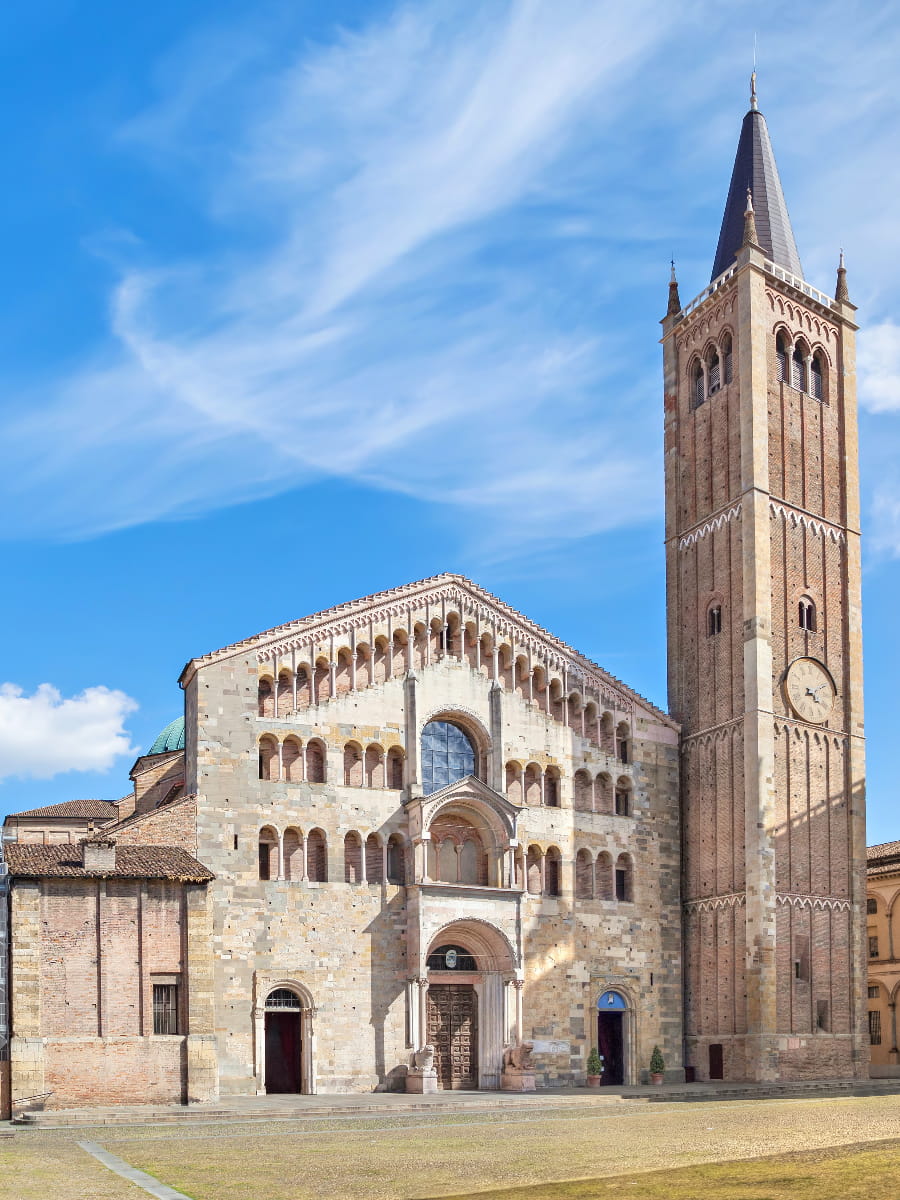
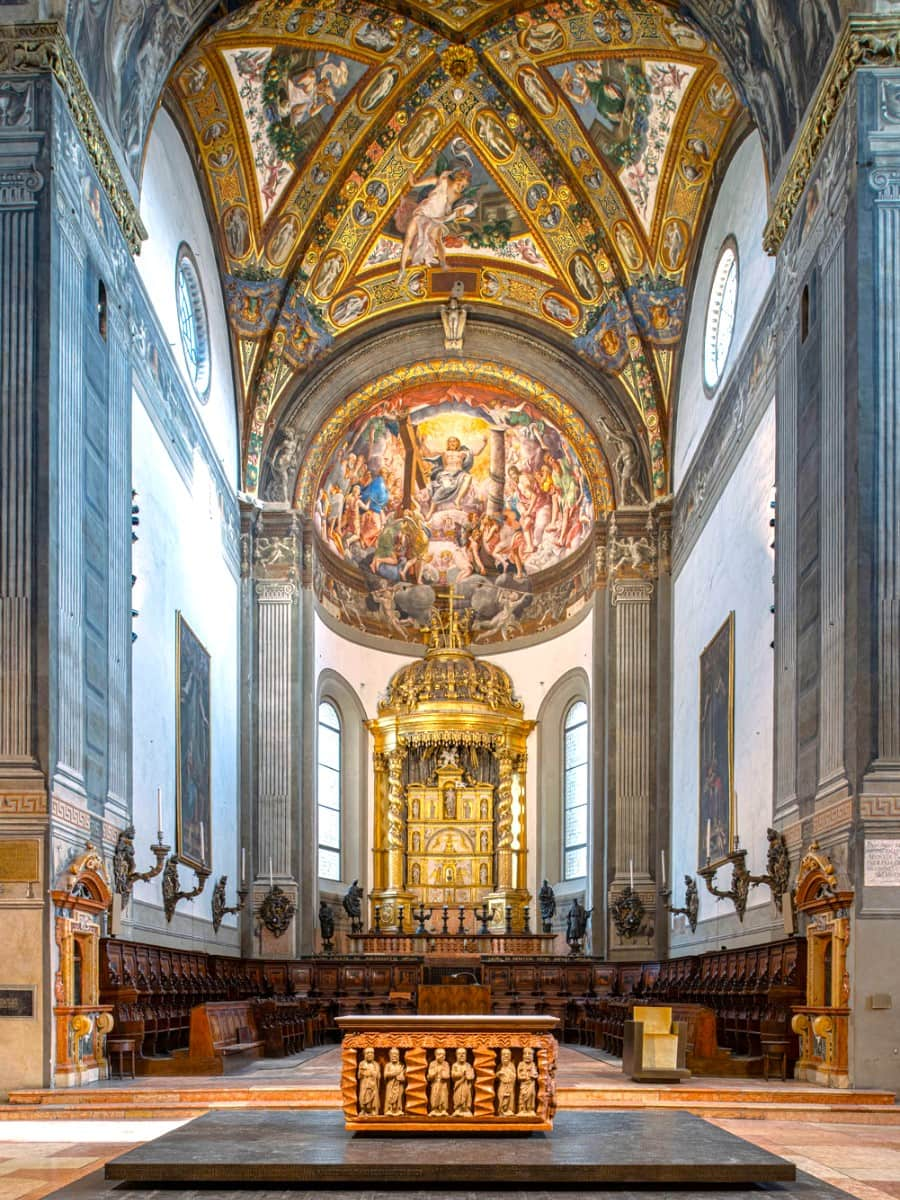
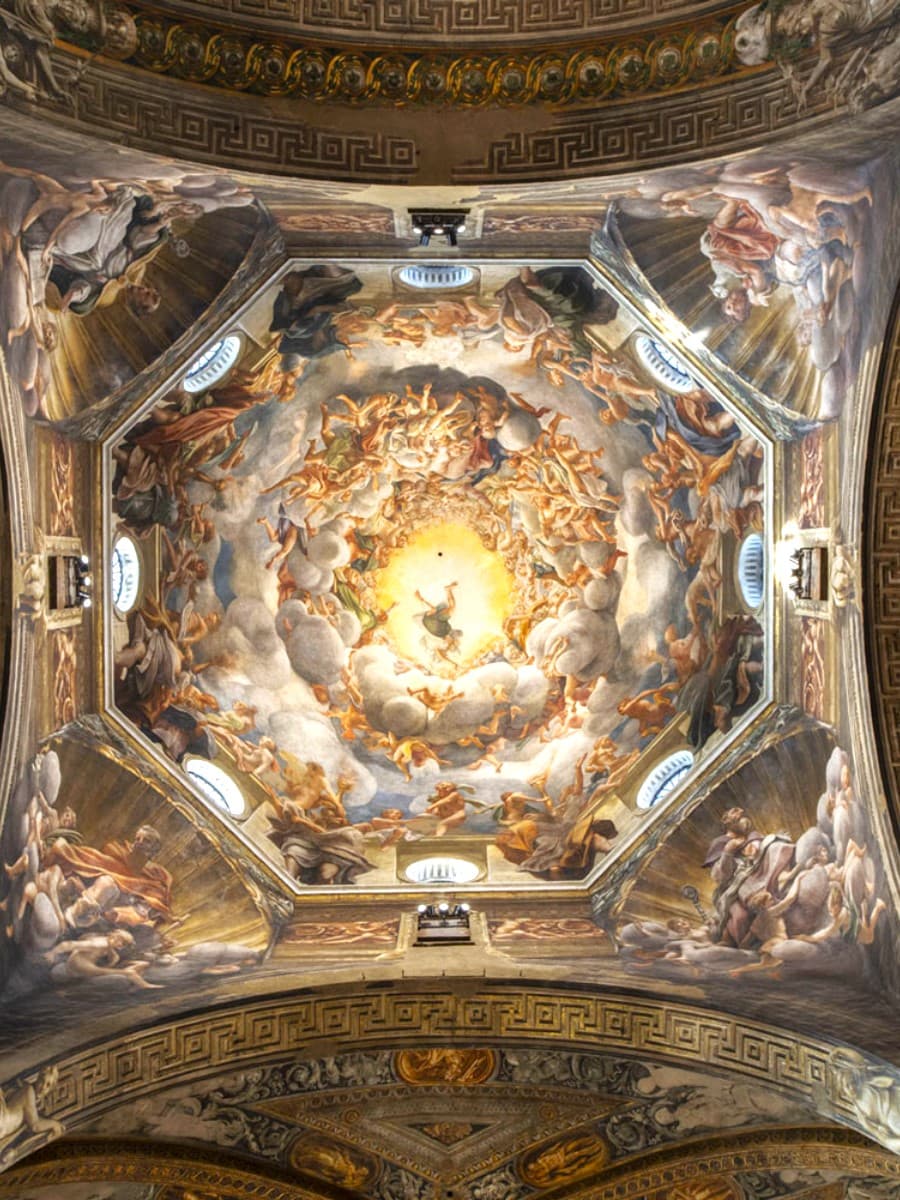
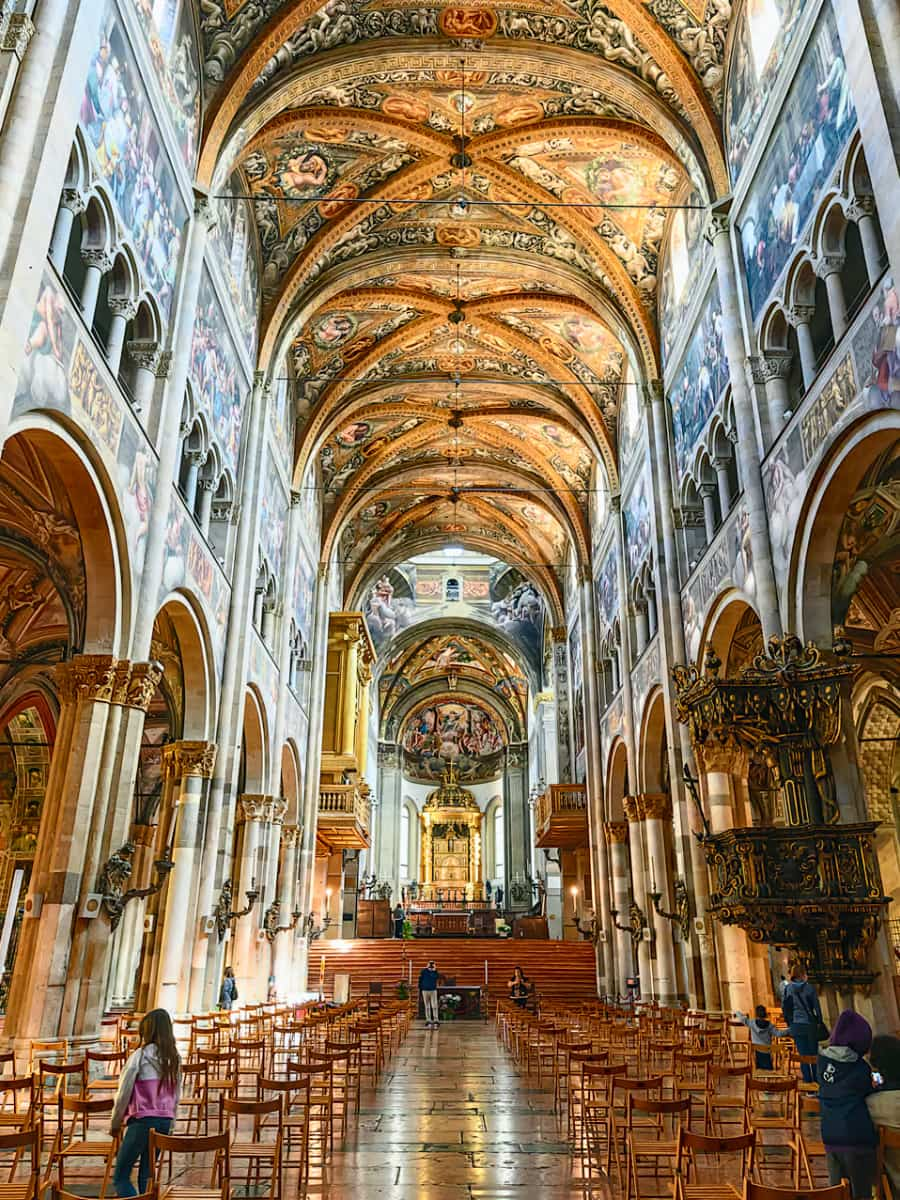
Hidden Treasures. Exploring further, I discovered the cathedral’s many secrets. In the right transept, I found the Deposition of Christ, a sculpted masterpiece by Antelami that many tourists walk right past. This hidden gem showcases the intricate details and emotional depth of medieval sculpture.
Underground Wonders. Descending into the crypt, I was transported back in time. Ancient mosaics from the 6th century shimmered under soft lighting, their intricate patterns telling stories of early Christianity. This subterranean space offered a quiet moment of reflection away from the bustle above.
| Feature | Information |
|---|---|
| Location | Piazza Duomo, Parma |
| Consecration Year | 1106 |
| Architectural Style | Romanesque with Gothic and Renaissance elements |
| Notable Artwork | Correggio’s Assumption of the Virgin (dome fresco) |
| Special Feature | Free organ concerts on Sundays |
Local Experience: If you visit on a Sunday, you might catch a free organ concert—the cathedral’s massive 18th-century instrument fills the space with deep, resonant music.
Seasonal Activities in Parma
Spring Celebrations (March-May)
Blossoming City. As I wandered through Parma in late March, I noticed the city coming alive after winter. The tourist season officially begins in late March and continues through October, with May being the absolute sweet spot for visiting. The weather was perfect – sunny and warm enough for comfortable exploration without the summer crowds or humidity.
Cultural Awakening. Spring in Parma brings a vibrant calendar of events. I was fortunate to catch Mercanteinfiera Spring (March 8-16), an impressive international exhibition where over a thousand vendors display antiques, modernist pieces, and unique collectibles at Fiere di Parma. Walking through the exhibition halls, I discovered everything from elegant Baroque furniture to quirky mid-century modern pieces.
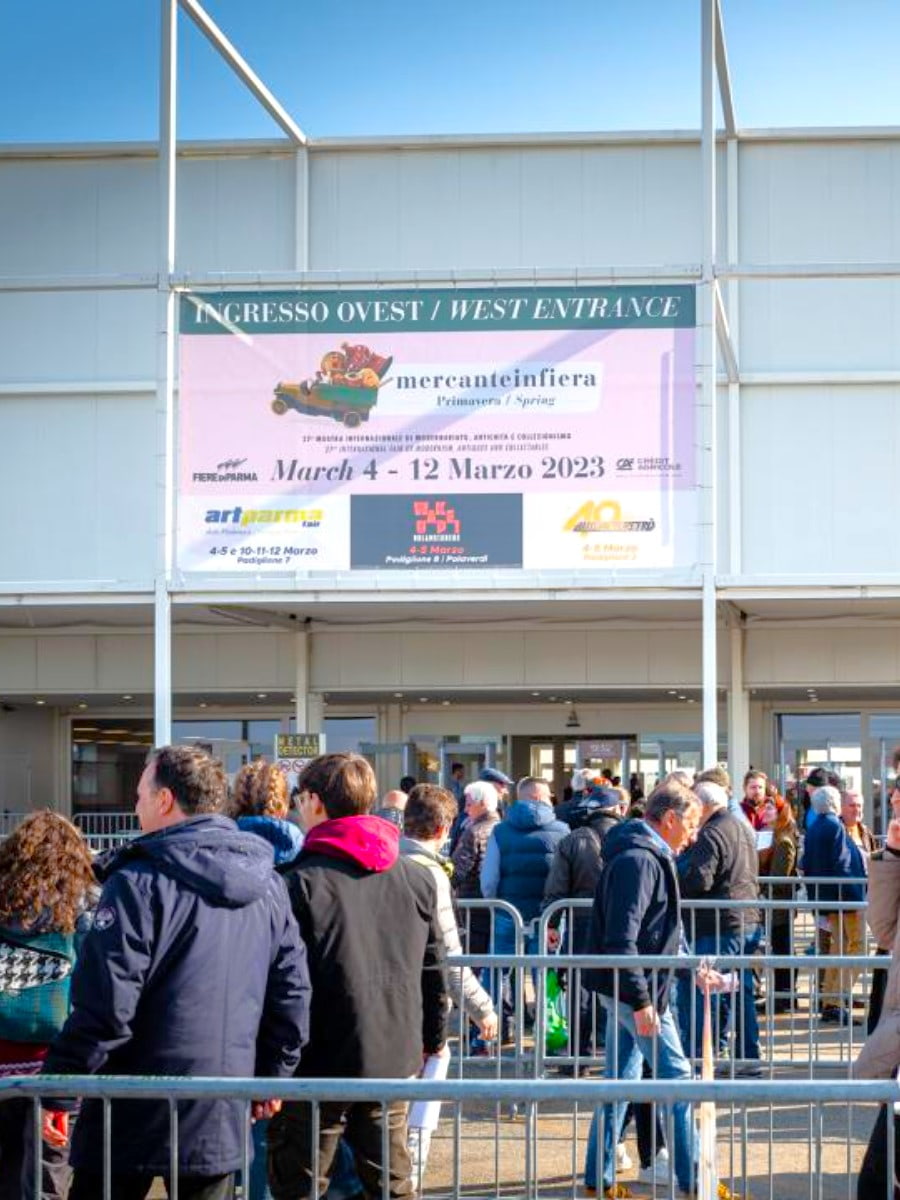

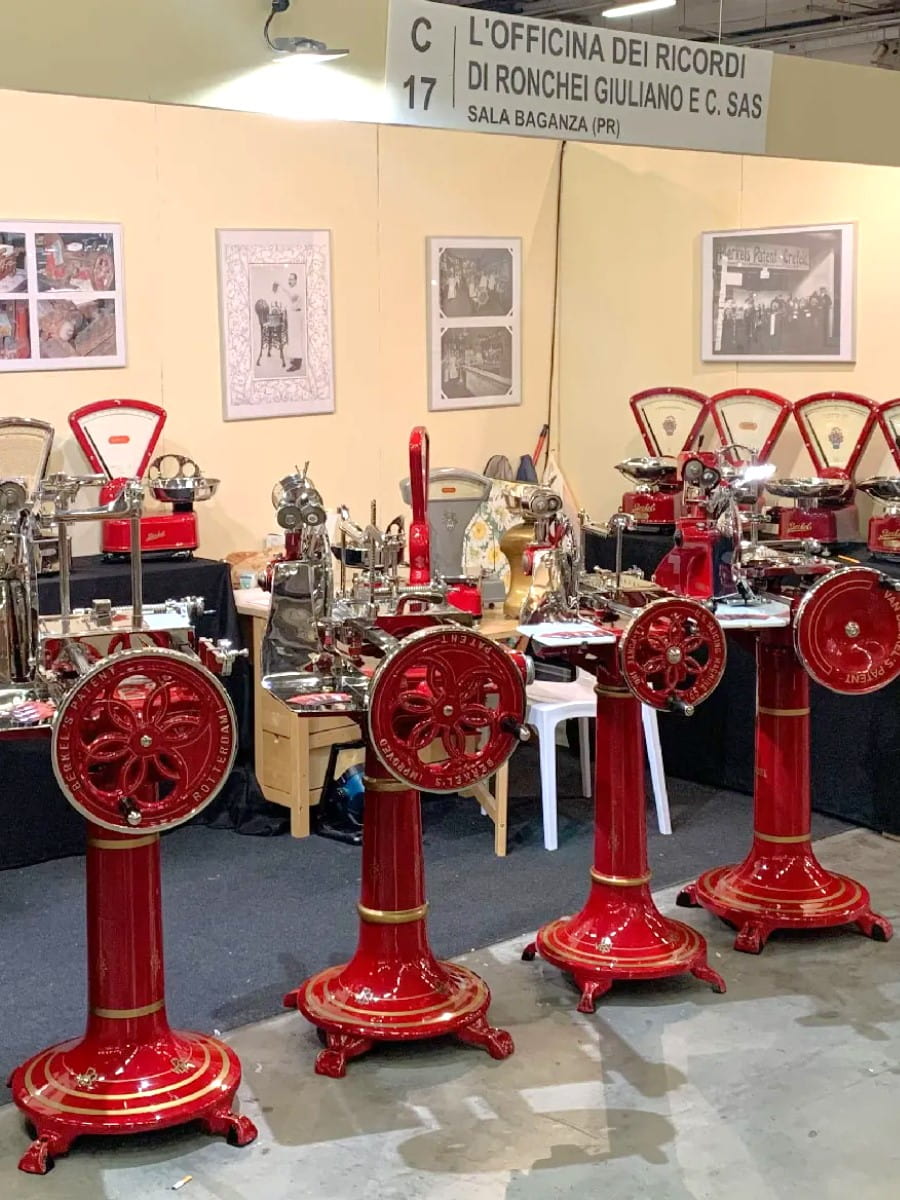
Art Immersion. ArtParma Fair coincides with Mercanteinfiera, showcasing modern and contemporary art from important collections. I spent hours admiring works by renowned artists like Damien Hirst, Andy Warhol, and Mario Schifano. The sophisticated atmosphere reflected Parma’s deep appreciation for arts and culture.
Countryside Excursions. Spring’s mild temperatures make it ideal for exploring the surrounding countryside. I rented a bike (€15 per day) and pedaled through rolling hills, stopping at small vineyards for tastings. The landscape was painted with fresh green hues and wildflowers, creating picture-perfect scenes at every turn.
Summer Festivities (June-August)
Festival Season. Summer in Parma is vibrant but hot, with July temperatures ranging from 66°F to 89°F (19°C to 32°C). I escaped the midday heat by joining the Summertime festival at the Ducal Park (July 16-25), where I enjoyed performances by top Italian artists. This year’s lineup includes Massimo Recalcati (July 16), Antonello Venditti (July 19), Emma (July 20), Francesco De Gregori (July 24), and Max Angioini (July 25).
Musical Experiences. The Parma International Music Summer festival transforms the city into a haven for music lovers. I was mesmerized by performances held in historic venues like Teatro Regio, where the acoustics are simply phenomenal. Tickets range from €20-€60 depending on the performance and seating.
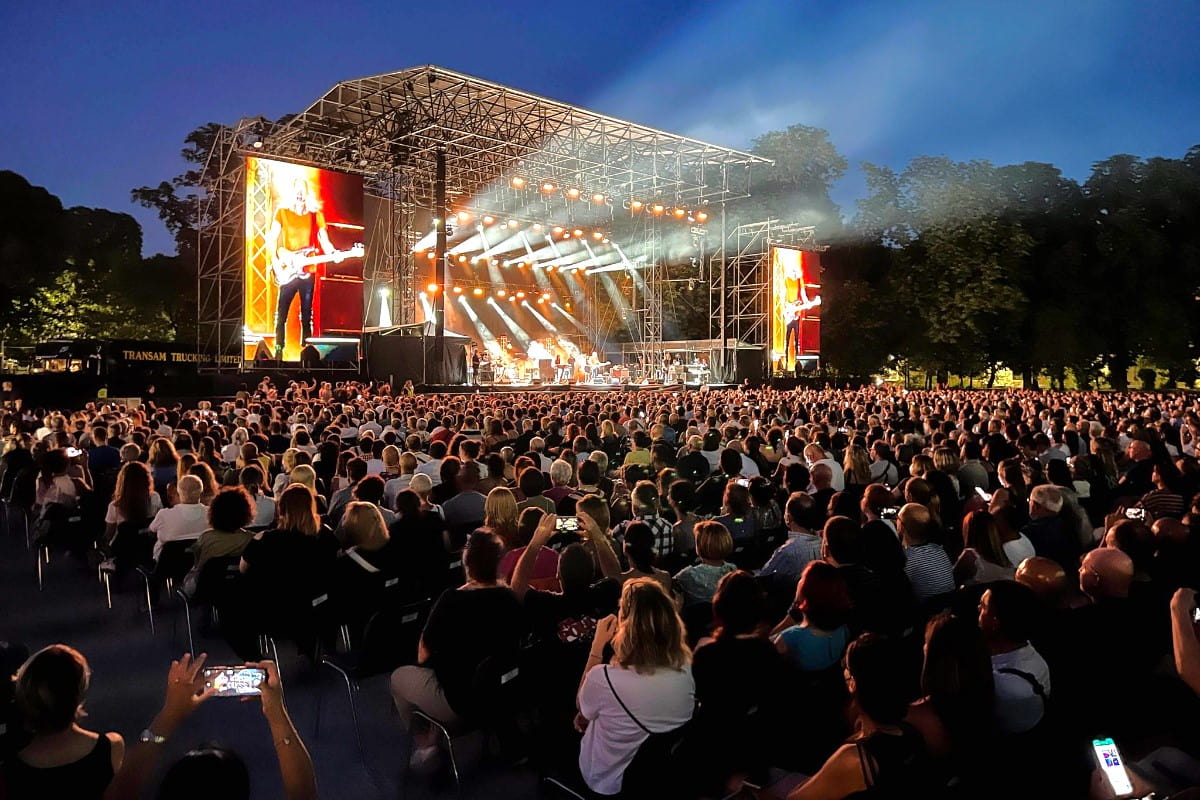
Cooling Retreats. When the summer heat became intense, I followed local advice and headed to the Park of the Hundred Lakes in the nearby Apennines. The temperature was noticeably cooler, and the landscape offered breathtaking views and hiking opportunities. The €5 entrance fee was well worth the natural air conditioning!
Culinary Adventures. Even in summer heat, I couldn’t resist Parma’s food scene. Many restaurants offer lighter summer versions of classic dishes. I particularly enjoyed dining in courtyards and gardens, where evening meals are served as the temperature drops. The summer truffle season begins, offering a more affordable alternative to autumn’s prized varieties.
Autumn Highlights (September-October)
Gastronomic Paradise. Autumn in Parma is a food lover’s dream. I timed my visit to coincide with the Festival of Ham (first half of September), when prosciutto producers open their doors for free guided tours and tastings. The experience of seeing how authentic Prosciutto di Parma is made, followed by sampling paper-thin slices that melt on your tongue, was unforgettable.
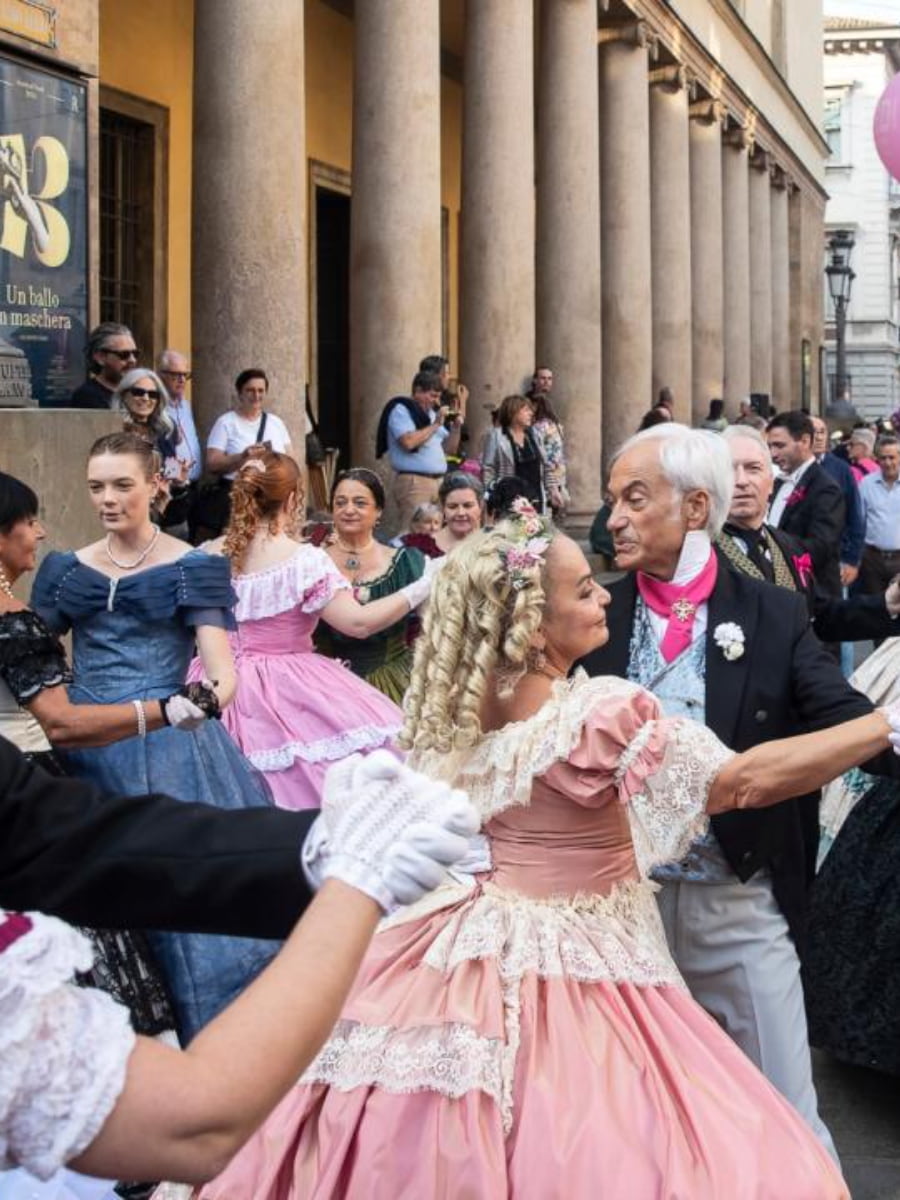
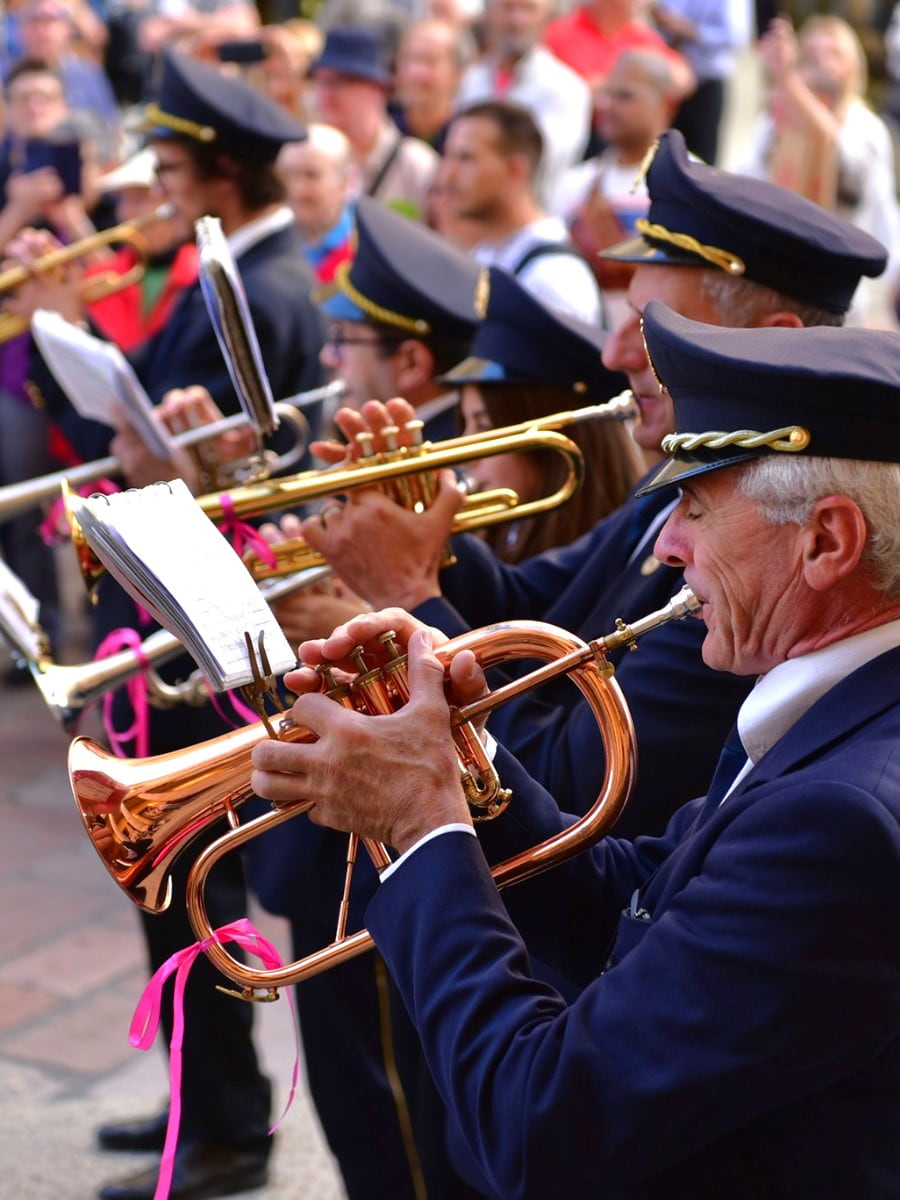
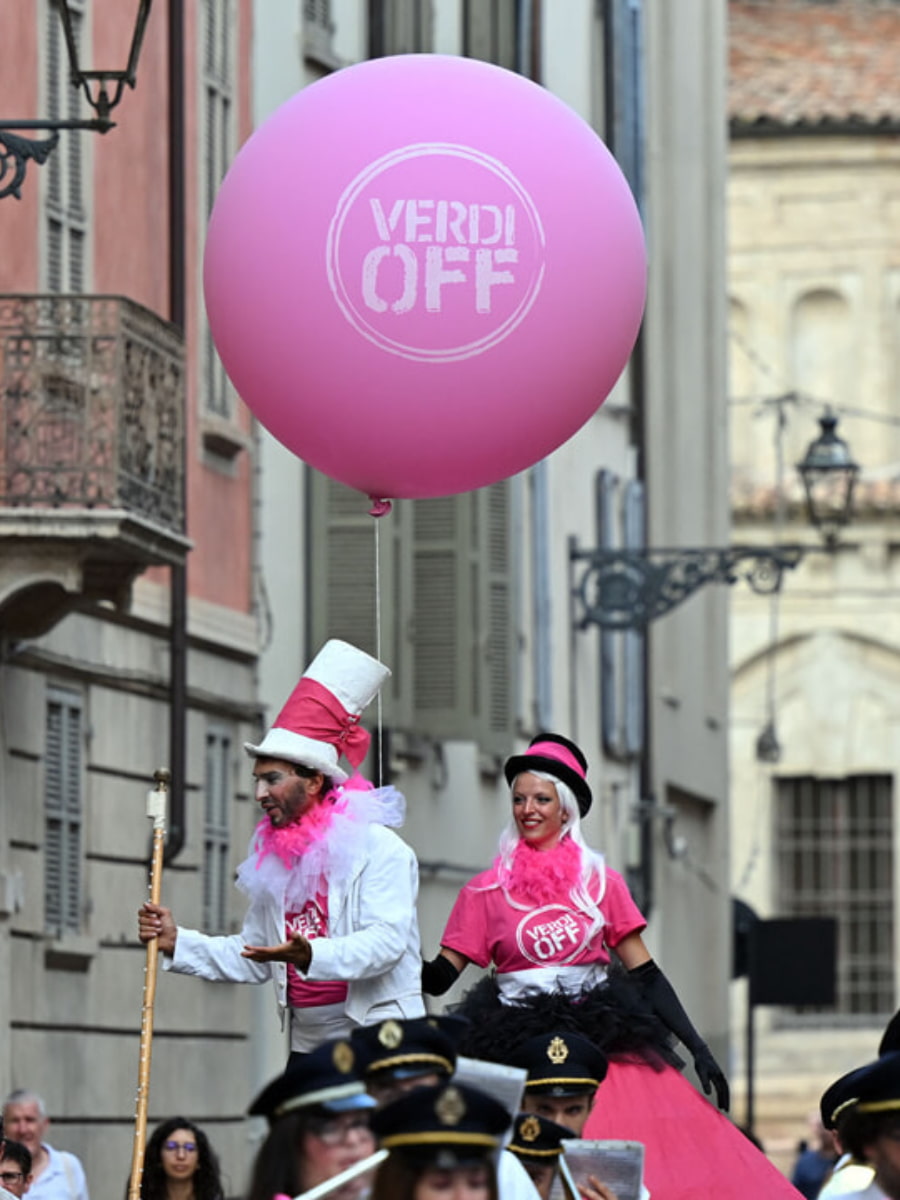
Verdi Celebrations. The crown jewel of Parma’s cultural calendar is the Festival Verdi (September 20-October 19). I was swept away by world-class opera performances at Teatro Regio and other historic venues. The festival opens with the lively Verdi Street Parade (September 20), filling Parma’s historic center with music and performances. This year’s program includes masterpieces like Othello, celebrating the festival’s 25th anniversary.
Truffle Hunting. As temperatures cool in October, I ventured to nearby Calestano for the Black Truffle of Fragno National Fair (Sundays from October 13 to November 17). The earthy aroma of fresh truffles filled the air as vendors displayed their precious finds. Local restaurants create special truffle menus during this period – I splurged on a truffle pasta dish (€25) that was worth every euro.
Winter Events (November-February)
Festive Atmosphere. Winter transformed Parma into a magical destination when I visited last December. The Christmas illuminations begin on December 8, with the lighting of a magnificent Christmas tree in Piazza Garibaldi. Walking through the historic center, I was enchanted by streets adorned with colorful garlands and festive decorations that created a warm glow against the winter chill.
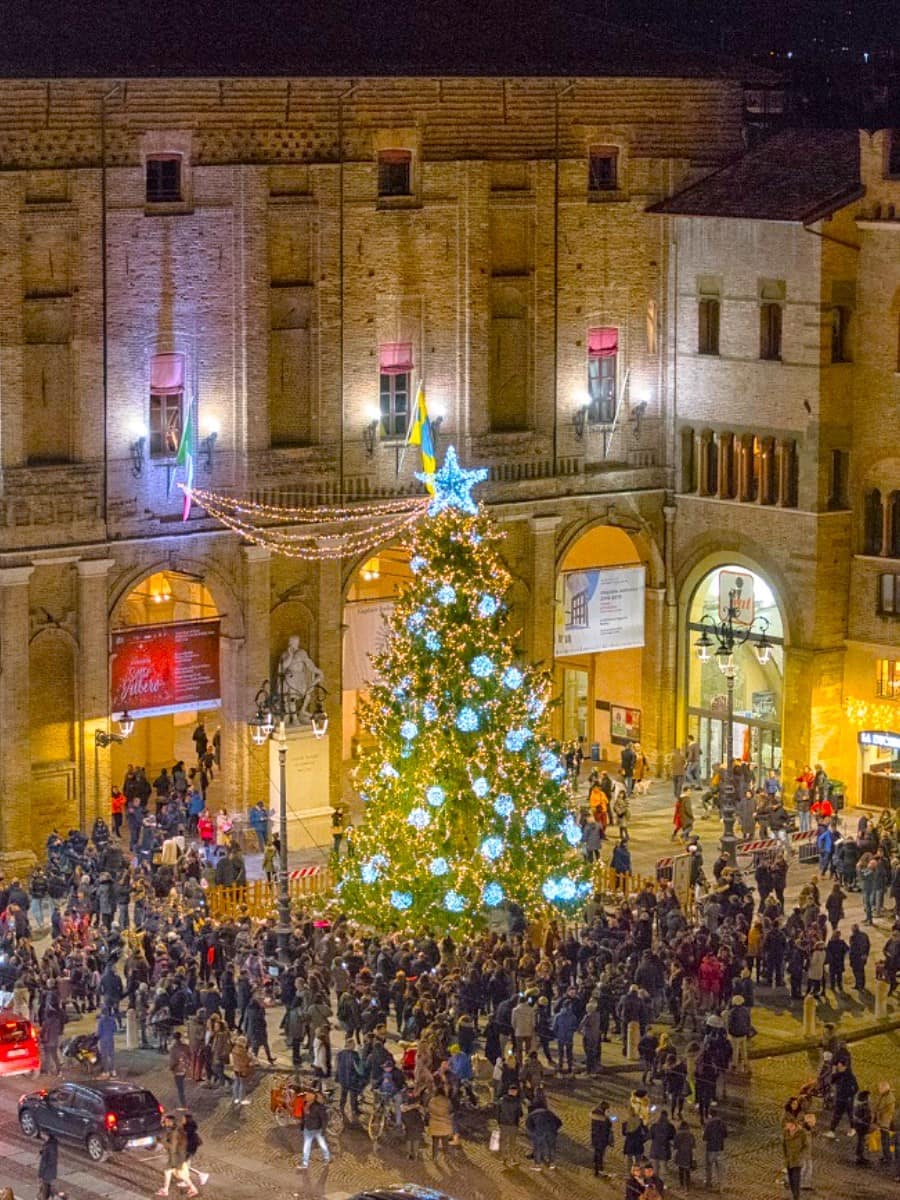


Christmas Markets. The weekend markets in Piazza Ghiaia (December 8, 12, 17, 24) became my favorite morning activity. Bundled against temperatures ranging from 34-48°F (1-9°C), I browsed stalls selling artisanal crafts, seasonal decorations, and local food products. I found unique gifts while warming my hands on a cup of mulled wine (€4).
Winter Celebrations. New Year’s Eve in Parma offers a perfect blend of culture and celebration. I started with the Toscanini Philharmonic concert at 6 PM, then joined locals in Piazza Garibaldi for the countdown and live music. The New Year’s Day concert at Teatro Regio provided a refined start to the year with classical performances in an opulent setting.
Day Trips from Parma
1. Castello di Torrechiara
Medieval Marvel: Just 18km south of Parma stands one of Italy’s most impressive castles. The moment I first glimpsed Castello di Torrechiara perched majestically on its hilltop, I knew this day trip would be special. Built between 1448 and 1460 by Pier Maria Rossi, this fortress offers panoramic views of vineyards and valleys that literally took my breath away.
Love Story in Frescoes: The castle’s interior holds an unexpected treasure – the famous Camera d’Oro (Golden Chamber). Here, colorful 15th-century frescoes by Benedetto Bembo tell the romantic tale of Pier Maria and his beloved Bianca Pellegrini. Standing in this room, surrounded by these vibrant images, I felt transported back to a time of courtly love and chivalry.
Artistic Journey: After exploring the castle, I discovered the Sentiero d’Arte (Art Trail), a 7-kilometer path connecting Torrechiara with nearby Langhirano. Walking through vineyards dotted with contemporary art installations offered a perfect blend of nature, history, and modern creativity.
| Feature | Information |
|---|---|
| Distance from Parma | 18 km |
| Opening Hours | Tuesday to Sunday, 9:00 AM – 6:30 PM |
| Admission | €5 for adults, €2 for children (6-18) |
| Best Time to Visit | Early morning or late afternoon |
| Must-See | Camera d’Oro (Golden Chamber) |
Budget Tip: Take TEP bus #12 from Parma for just €2.50 each way instead of driving. The bus drops you at the foot of the hill, giving you a picturesque approach to the castle.
⭐ Best activities
- A love and wine story in Parma valley – Parma hillside is a sweet and harmonious landscape, dotted by ancient and charming castles. Torrechiara is the jewel of this collection, outstanding for its location and its appearance, both a fortress and a leisure residence.
2. Labirinto della Masone
World’s Largest Maze: About 20km from Parma near Fontanellato lies an extraordinary attraction – the largest bamboo labyrinth on earth. Created by publisher Franco Maria Ricci, this 8-hectare maze contains approximately 200,000 bamboo plants of twenty different species. Getting deliberately lost among the rustling bamboo walls was both thrilling and meditative.
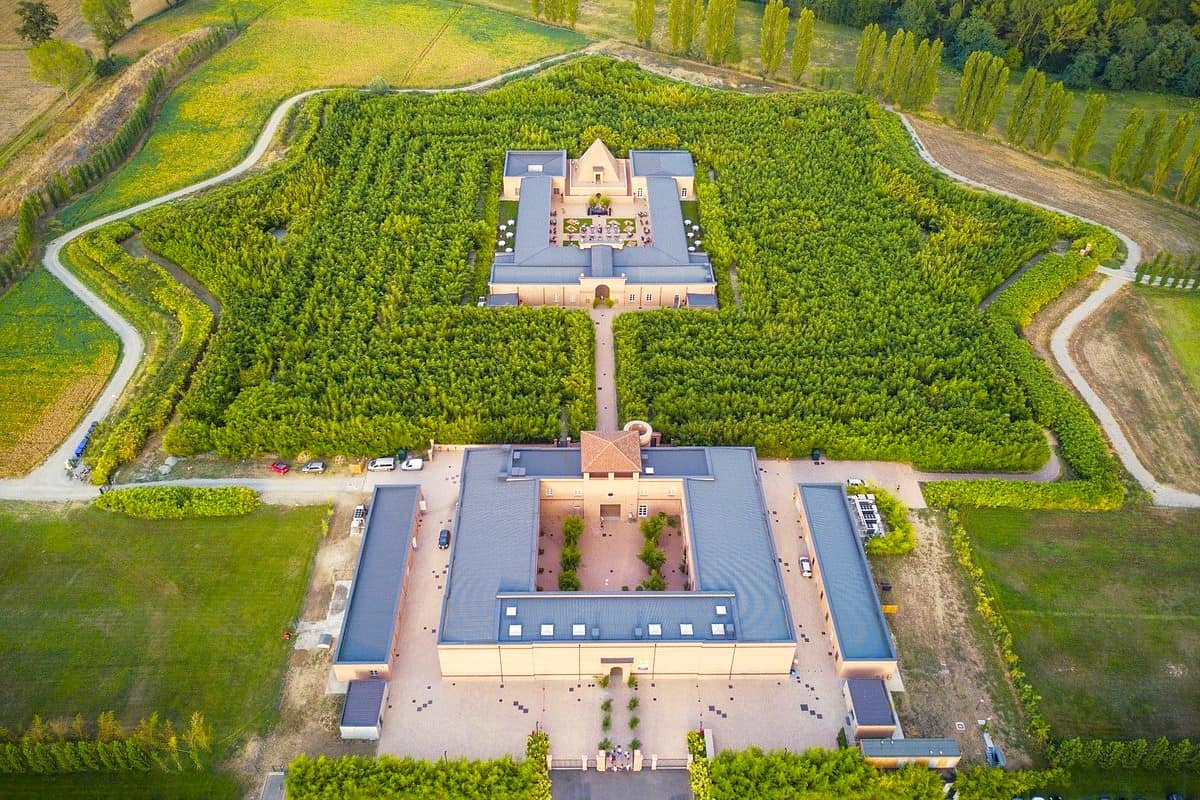
Architectural Wonder: Beyond the maze, the red-brick buildings designed by Pier Carlo Bontempi impressed me with their neoclassical elegance. The complex includes two large porticoed courtyards, a panoramic tower, and even a pyramid-shaped construction inspired by 18th-century architect Étienne-Louis Boullée.
Art Collection: After conquering the maze (it took me nearly two hours!), I explored the museum housing Ricci’s private collection of about 500 artworks spanning from the 16th to 20th centuries. The focus on Mannerist, Baroque, and Neoclassical pieces perfectly complements the architecture.
| Feature | Information |
|---|---|
| Distance from Parma | 20 km |
| Opening Hours | Daily, 10:30 AM – 7:00 PM |
| Admission | €18 for adults, €10 for children (6-12) |
| Time Needed | 3-4 hours |
| Highlights | Bamboo maze, art museum, architecture |
Insider Tip: Visit on weekdays rather than weekends – the maze is significantly less crowded, allowing for a more peaceful experience. And don’t worry about getting hopelessly lost – you can call staff for assistance if needed!
⭐ Best activities
-
Labirinto della Masone: Entry Ticket – Lose yourself inside a bamboo labyrinth and marvel at centuries of art. Open from 10:30 AM to 7:00 PM. Includes access to the bamboo labyrinth, Franco Maria Ricci’s art collection, and temporary exhibitions.
3. Ducal Palace of Colorno
Royal Residence: Often called the “Versailles of Parma,” this magnificent palace just 17km north of the city center surprised me with its grandeur. The yellow façade (painted in the distinctive “Parma yellow”) gleams in the sunlight, while the interior rooms showcase sumptuous decorations and excellently preserved frescoes by masters like Alessandro Tiarini and Agostino Carracci.
Garden Paradise: The palace gardens were my favorite part – designed in the French style with geometric patterns, fountains, and tree-lined avenues. Walking through these formal gardens on a spring morning, with birds singing and fountains bubbling, felt like stepping into a painting.
Easy Access: Getting to Colorno couldn’t be simpler. I took the train from Parma station, and just 16 minutes later, I was walking toward the palace. The train runs hourly and costs a mere €2-3 each way.
| Feature | Information |
|---|---|
| Distance from Parma | 17 km |
| Opening Hours | Tuesday to Sunday, 10:00 AM – 6:00 PM |
| Admission | €8 for adults, €5 for reduced tickets |
| Best Way to Get There | Train from Parma (16 minutes) |
| Don’t Miss | French-style gardens, Ducal Chapel |
Common Tourist Mistake: Many visitors rush through the palace without exploring the charming town of Colorno itself. Take time to wander the streets, try local specialties at the small restaurants, and interact with locals who are incredibly proud of their heritage.
⭐ Best activities
- From Versailles in Colorno to the Culatello experience in Parma countryside – The tour will lead you from the magnificent Ducal Palace of Colorno, also known as a small parmesan Versailles, to a cellar where you will enjoy the view and fragrance of more than 7.000 Culatellos, whose seasoning takes advantage of the humid climate of these surroundings.
❓FAQ
How do I get to Parma?
Parma is easily visitable by train from major Italian hubs like Milan (50 min), Bologna (1 hr), and Florence (2 hrs). The train to Parma is the most convenient way to get to Parma, with frequent departures and affordable tickets. If you’re planning a trip to Parma, consider arriving early to maximize your time in Parma.
What is the best way to get around Parma?
The heart of Parma is compact and best explored on foot. Stroll through banks of the Parma River or navigate your way around Parma’s charming streets. For longer trips, use local buses or rent a bike—especially useful if you’re visiting Parma on a day trip.
What are the best things to see and do in Parma?
Parma is known for its stunning Parma Cathedral, Teatro Farnese, and Baptistery of Parma. Don’t miss the opportunity to taste Parmigiano Reggiano and Prosciutto di Parma on a guided food tour. For a day trip, consider visiting nearby cities like Modena and Bologna.
Is Parma worth visiting for just one day?
Yes, Parma is definitely worth visiting, even if you only have one day in Parma. You can explore the heart of the city, including the main square and key landmarks like the Duomo di Parma. A day trip to Parma from Bologna or Milan is also a great option.
What are some free things to do in Parma?
Free activities in Parma include taking a walking tour around the center of Parma, exploring local markets, and enjoying the scenic views along the Parma River. These experiences offer a glimpse into life in Parma without breaking the bank.
Where is the best place to stay in Parma?
The best place to stay in Parma is in the city center, close to attractions like the Teatro Regio di Parma and the Duomo di Parma. This location allows you to easily explore the best of Parma on foot.
What is Parma famous for?
Parma is famous for its delicious food, particularly Parmesan cheese and Parma ham. The city is also known for its rich cultural heritage, including opera performances at Teatro Regio and historical landmarks like Palazzo della Pilotta.
Is Parma a must-see destination in Northern Italy?
Parma is definitely a must-see destination in Northern Italy, offering a blend of history, culture, and gastronomy. It’s one of our favorite places to explore, with its stunning architecture and vibrant food scene. Parma is a great place to visit, whether you’re interested in history, food, or simply enjoying the Italian lifestyle.


